International Paralympics Committee - IPC Classification Illustrations + Brand Guidelines
The Paralympic classification system is essential—and notoriously complex. The IPC came to BIEN with a challenge: make it make sense, and make it visual. And do it without watering it down. Our mission? Build a flexible illustration system that made classification easier to teach, grasp, and scale. So that’s exactly what we did: a full brand guide plus 196 custom illustrations, covering 11 disability types, 14 classification professionals, 8 environments, and 27 sports.
We went full nerd. 137 hours of deep-dive research into movement patterns, assistive gear, classifier protocols, and medical nuance. We worked side-by-side with accessibility expert David Jeffers and the Paralympic Committee, turning clinical complexity into clean, accessible visuals.
What came out of that process? A scalable toolkit of characters and scenes, delivered in clean vector formats. Designed for reuse, built for clarity, and stress-tested for inclusion: body types, ages, skin tones, and genders, all checked. Even the way a prosthetic sits on a limb was vetted for accuracy. Now the IPC isn’t stuck with stock photos or generic stick figures. They’re rolling out custom-built assets that teach, clarify, and connect, with visuals that actually look like the people they represent. Because when fans understand the classification system, they don’t just watch. They connect. When athletes feel seen, they compete with pride. And when everyone gets it, the mission gets stronger. Change starts with sport. And it starts here.
The Paralympic classification system is essential—and notoriously complex. The IPC came to BIEN with a challenge: make it make sense, and make it visual. And do it without watering it down. Our mission? Build a flexible illustration system that made classification easier to teach, grasp, and scale. So that’s exactly what we did: a full brand guide plus 196 custom illustrations, covering 11 disability types, 14 classification professionals, 8 environments, and 27 sports.
We went full nerd. 137 hours of deep-dive research into movement patterns, assistive gear, classifier protocols, and medical nuance. We worked side-by-side with accessibility expert David Jeffers and the Paralympic Committee, turning clinical complexity into clean, accessible visuals.
What came out of that process? A scalable toolkit of characters and scenes, delivered in clean vector formats. Designed for reuse, built for clarity, and stress-tested for inclusion: body types, ages, skin tones, and genders, all checked. Even the way a prosthetic sits on a limb was vetted for accuracy. Now the IPC isn’t stuck with stock photos or generic stick figures. They’re rolling out custom-built assets that teach, clarify, and connect, with visuals that actually look like the people they represent. Because when fans understand the classification system, they don’t just watch. They connect. When athletes feel seen, they compete with pride. And when everyone gets it, the mission gets stronger. Change starts with sport. And it starts here.
The Paralympic classification system is essential—and notoriously complex. The IPC came to BIEN with a challenge: make it make sense, and make it visual. And do it without watering it down. Our mission? Build a flexible illustration system that made classification easier to teach, grasp, and scale. So that’s exactly what we did: a full brand guide plus 196 custom illustrations, covering 11 disability types, 14 classification professionals, 8 environments, and 27 sports.
We went full nerd. 137 hours of deep-dive research into movement patterns, assistive gear, classifier protocols, and medical nuance. We worked side-by-side with accessibility expert David Jeffers and the Paralympic Committee, turning clinical complexity into clean, accessible visuals.
What came out of that process? A scalable toolkit of characters and scenes, delivered in clean vector formats. Designed for reuse, built for clarity, and stress-tested for inclusion: body types, ages, skin tones, and genders, all checked. Even the way a prosthetic sits on a limb was vetted for accuracy. Now the IPC isn’t stuck with stock photos or generic stick figures. They’re rolling out custom-built assets that teach, clarify, and connect, with visuals that actually look like the people they represent. Because when fans understand the classification system, they don’t just watch. They connect. When athletes feel seen, they compete with pride. And when everyone gets it, the mission gets stronger. Change starts with sport. And it starts here.
The Paralympic classification system is essential—and notoriously complex. The IPC came to BIEN with a challenge: make it make sense, and make it visual. And do it without watering it down. Our mission? Build a flexible illustration system that made classification easier to teach, grasp, and scale. So that’s exactly what we did: a full brand guide plus 196 custom illustrations, covering 11 disability types, 14 classification professionals, 8 environments, and 27 sports.
We went full nerd. 137 hours of deep-dive research into movement patterns, assistive gear, classifier protocols, and medical nuance. We worked side-by-side with accessibility expert David Jeffers and the Paralympic Committee, turning clinical complexity into clean, accessible visuals.
What came out of that process? A scalable toolkit of characters and scenes, delivered in clean vector formats. Designed for reuse, built for clarity, and stress-tested for inclusion: body types, ages, skin tones, and genders, all checked. Even the way a prosthetic sits on a limb was vetted for accuracy. Now the IPC isn’t stuck with stock photos or generic stick figures. They’re rolling out custom-built assets that teach, clarify, and connect, with visuals that actually look like the people they represent. Because when fans understand the classification system, they don’t just watch. They connect. When athletes feel seen, they compete with pride. And when everyone gets it, the mission gets stronger. Change starts with sport. And it starts here.
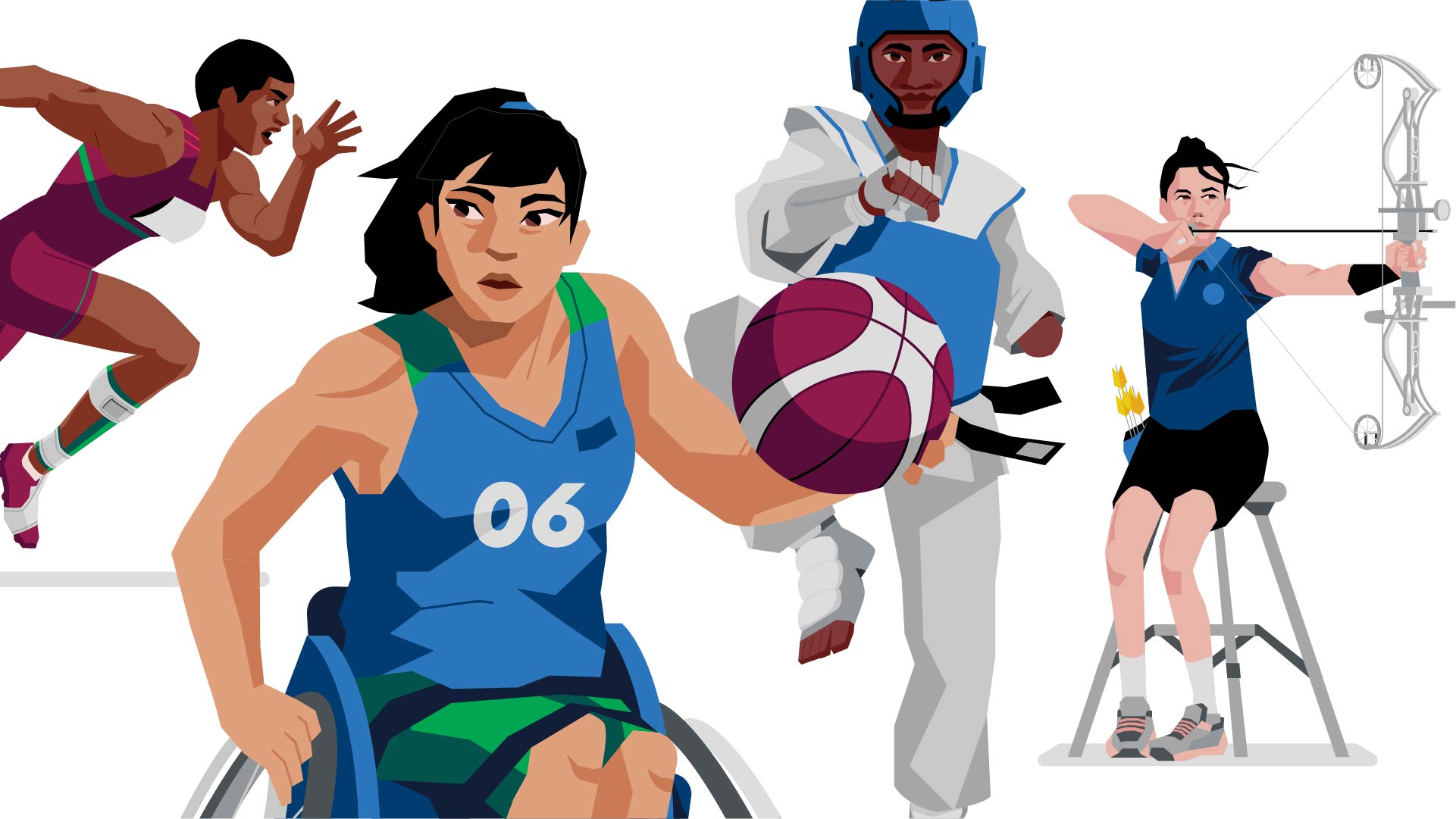
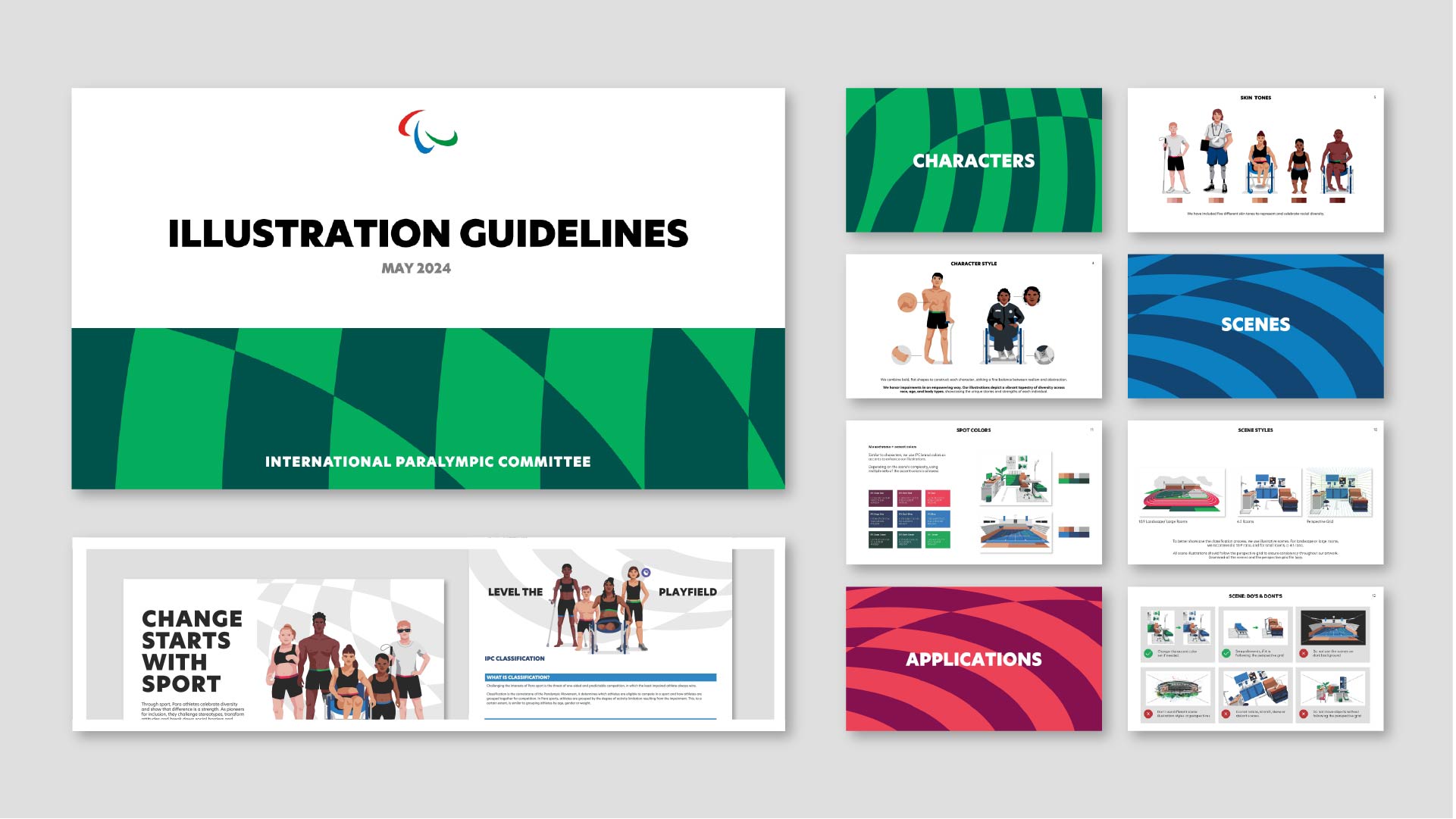
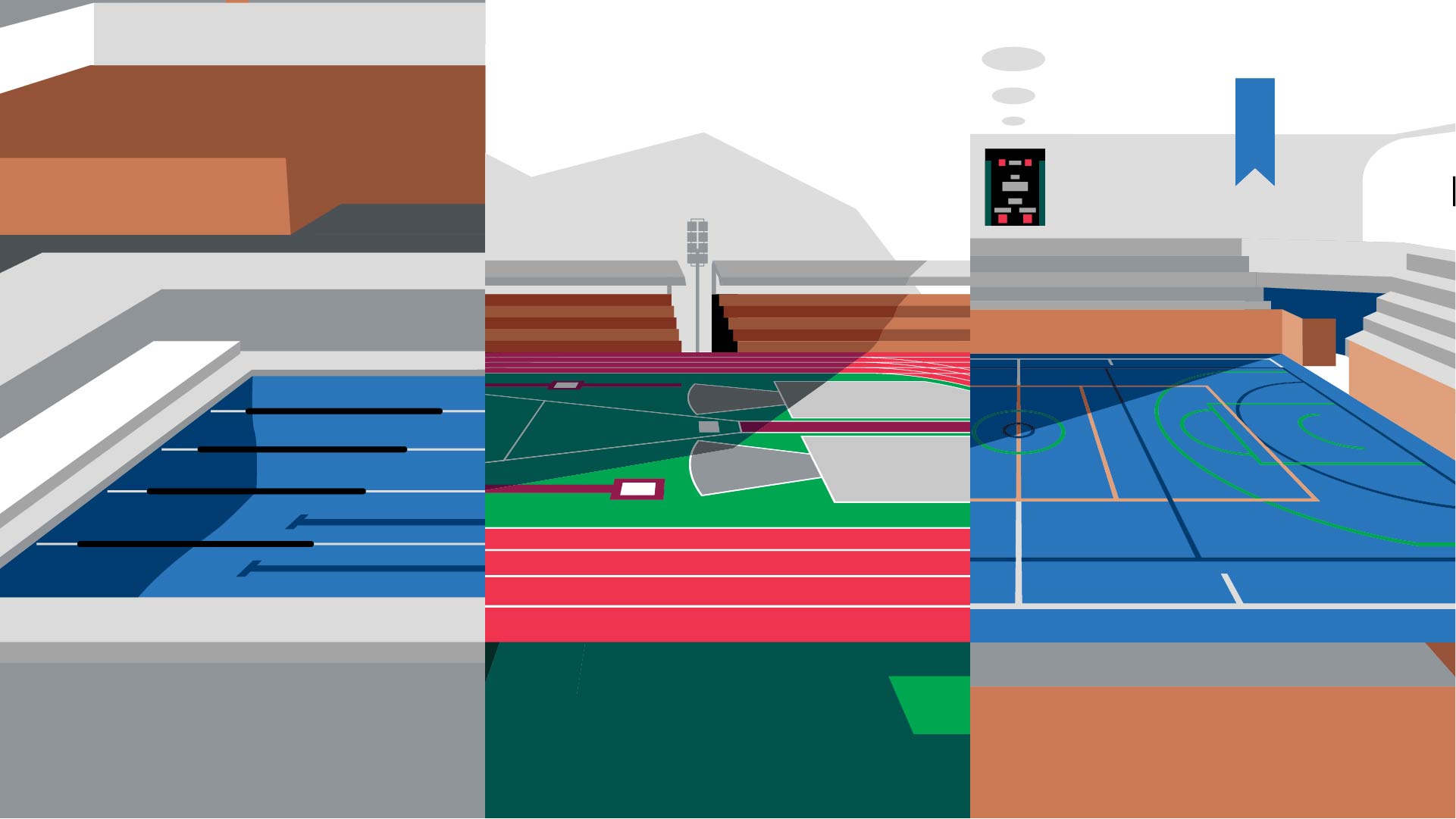
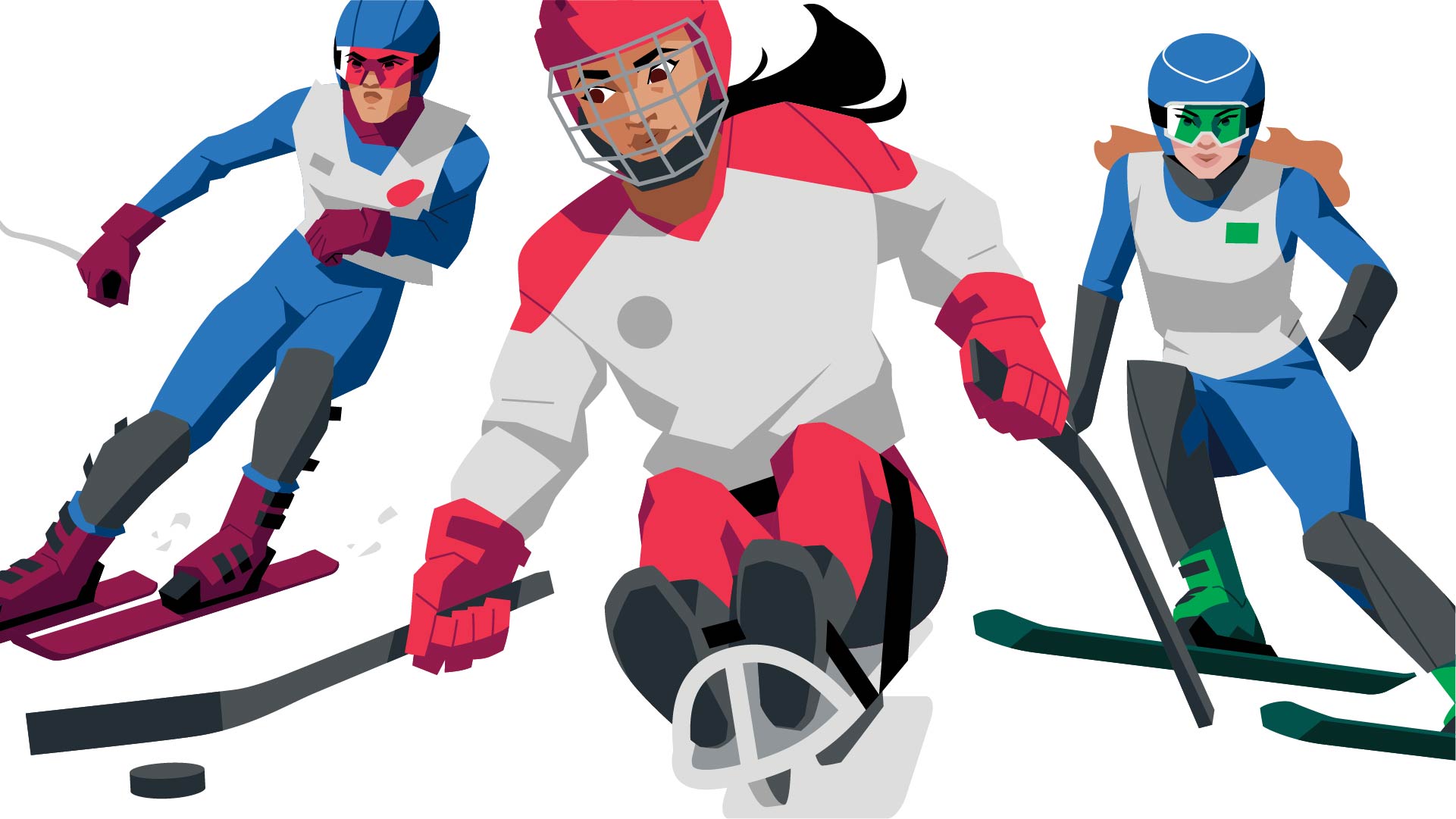
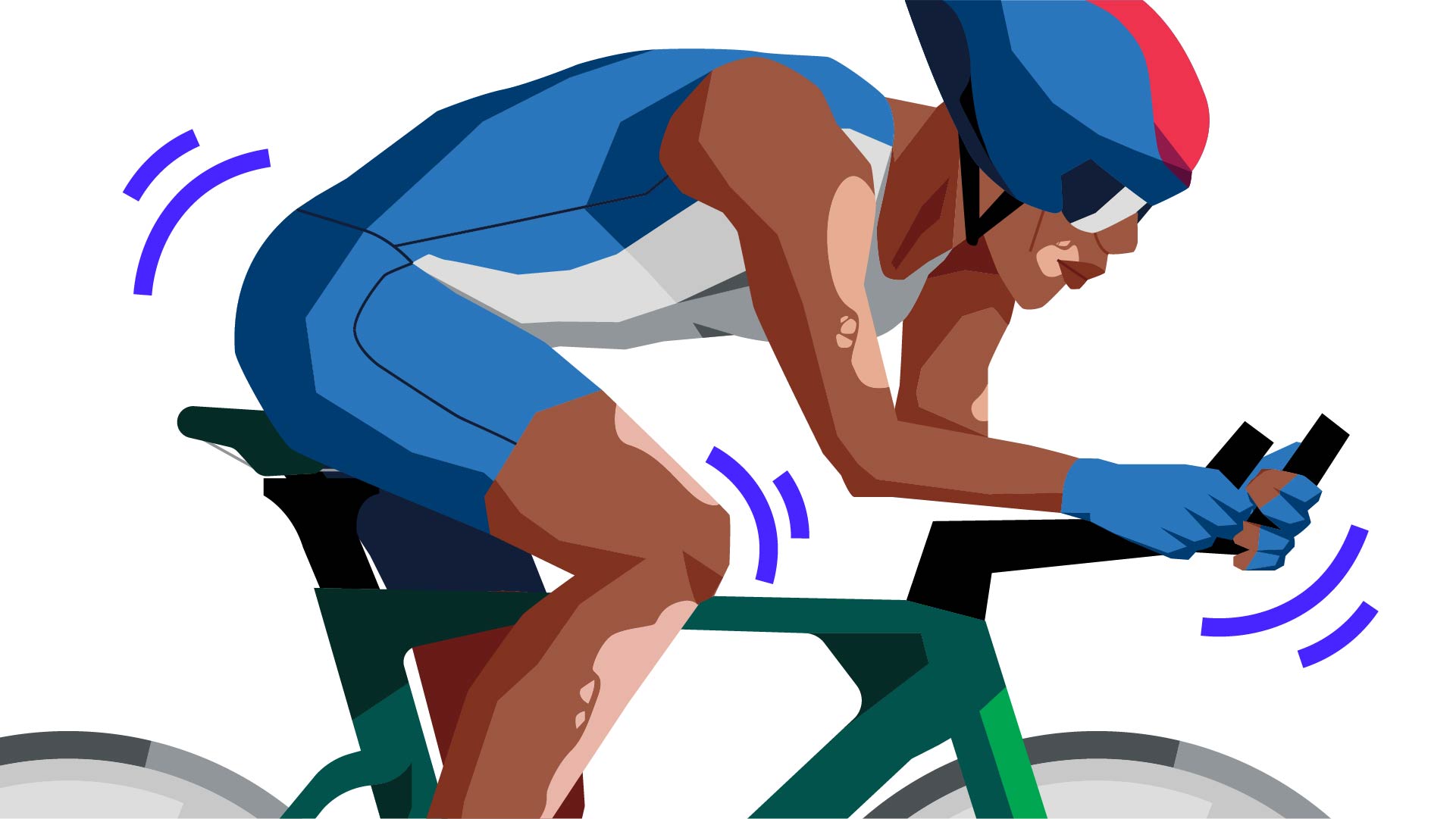
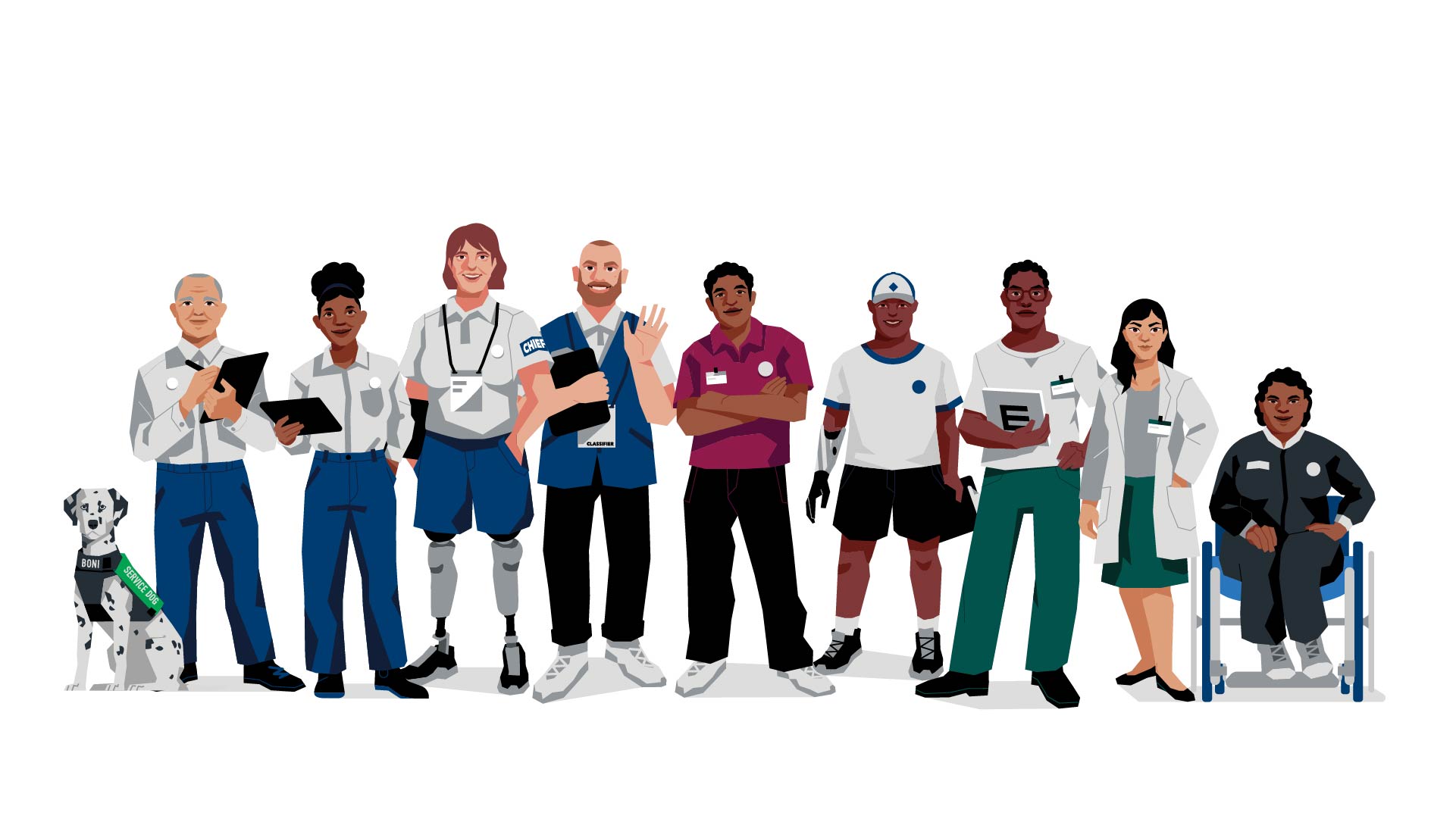
No items found.
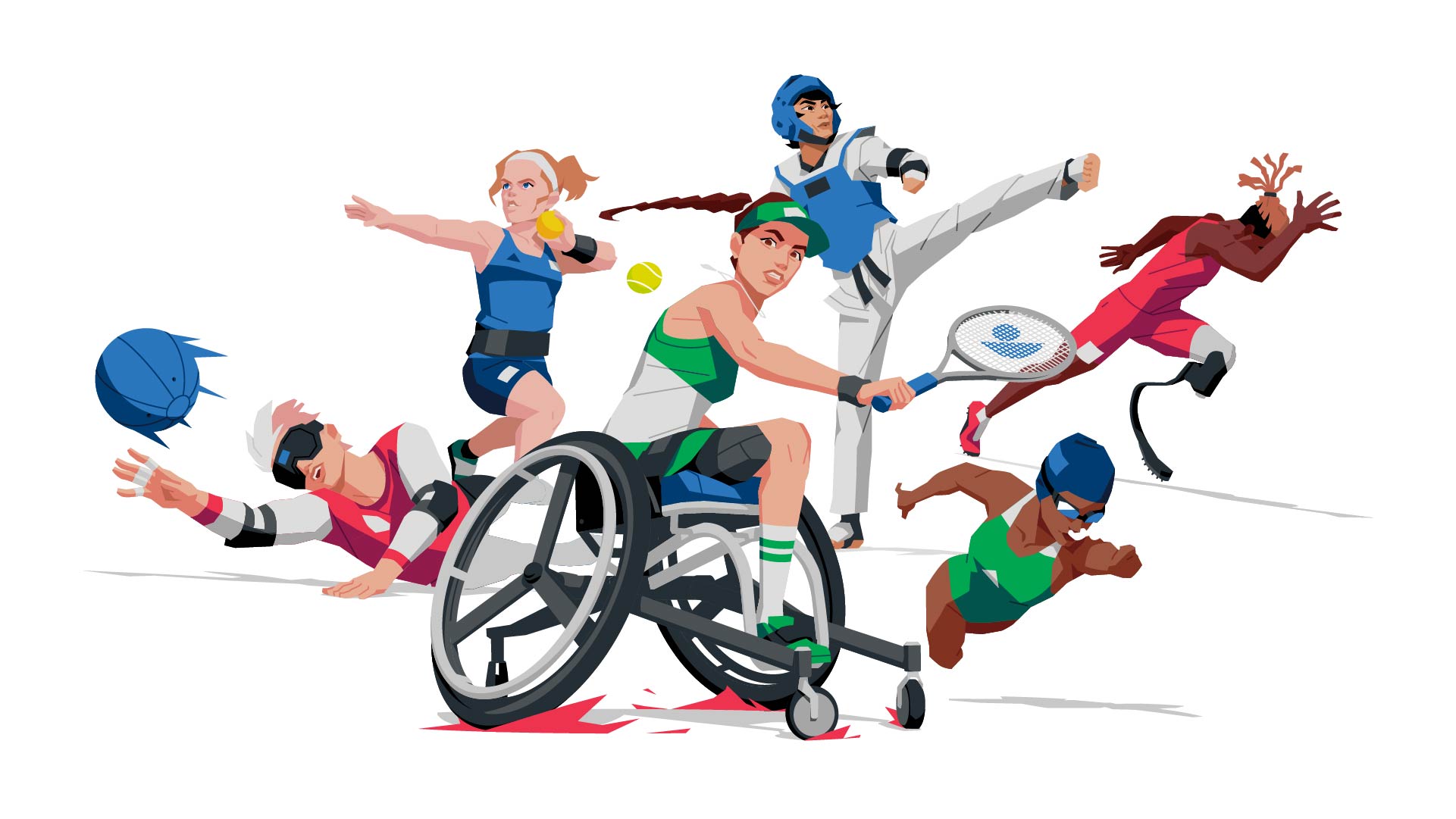
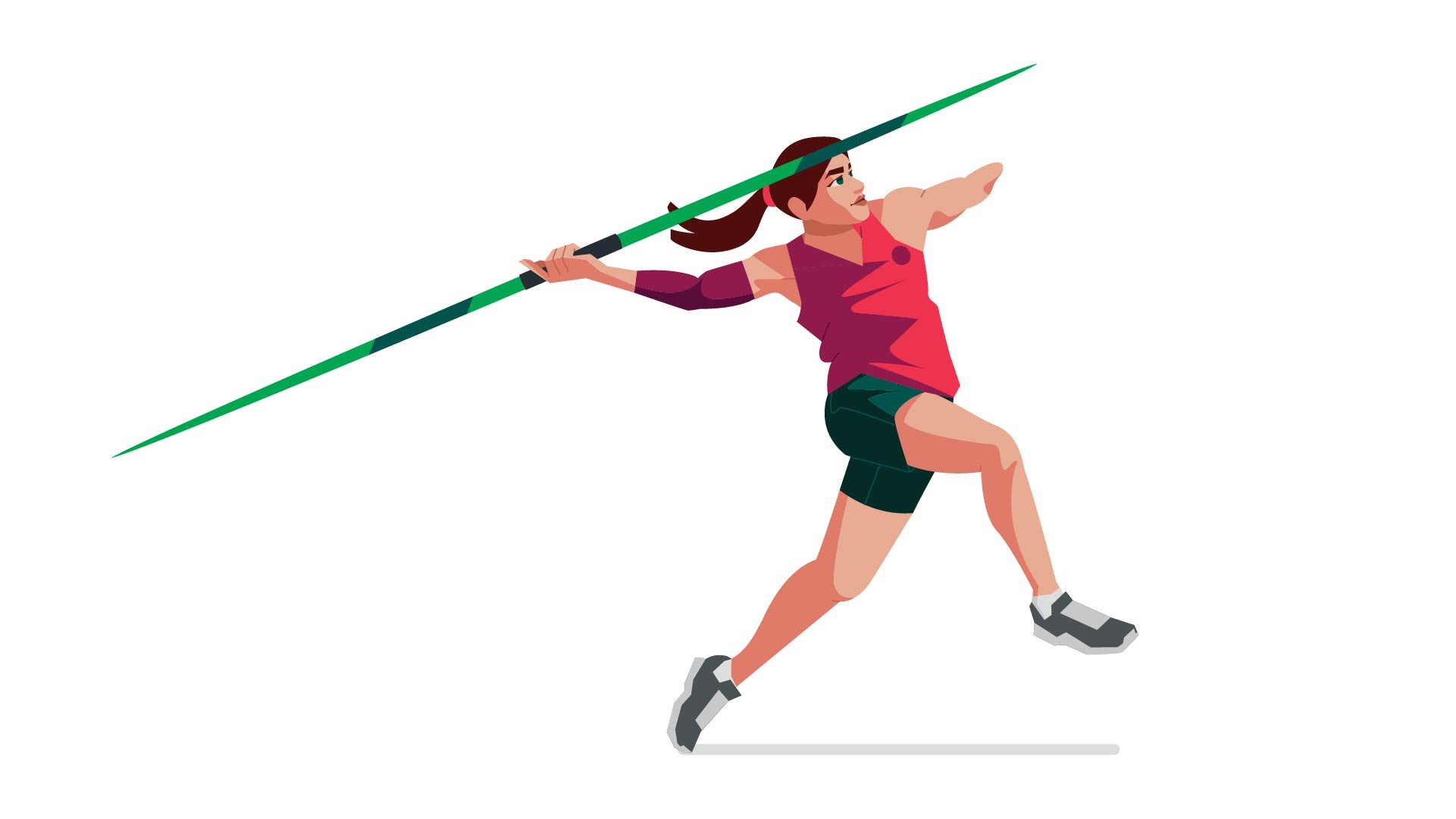
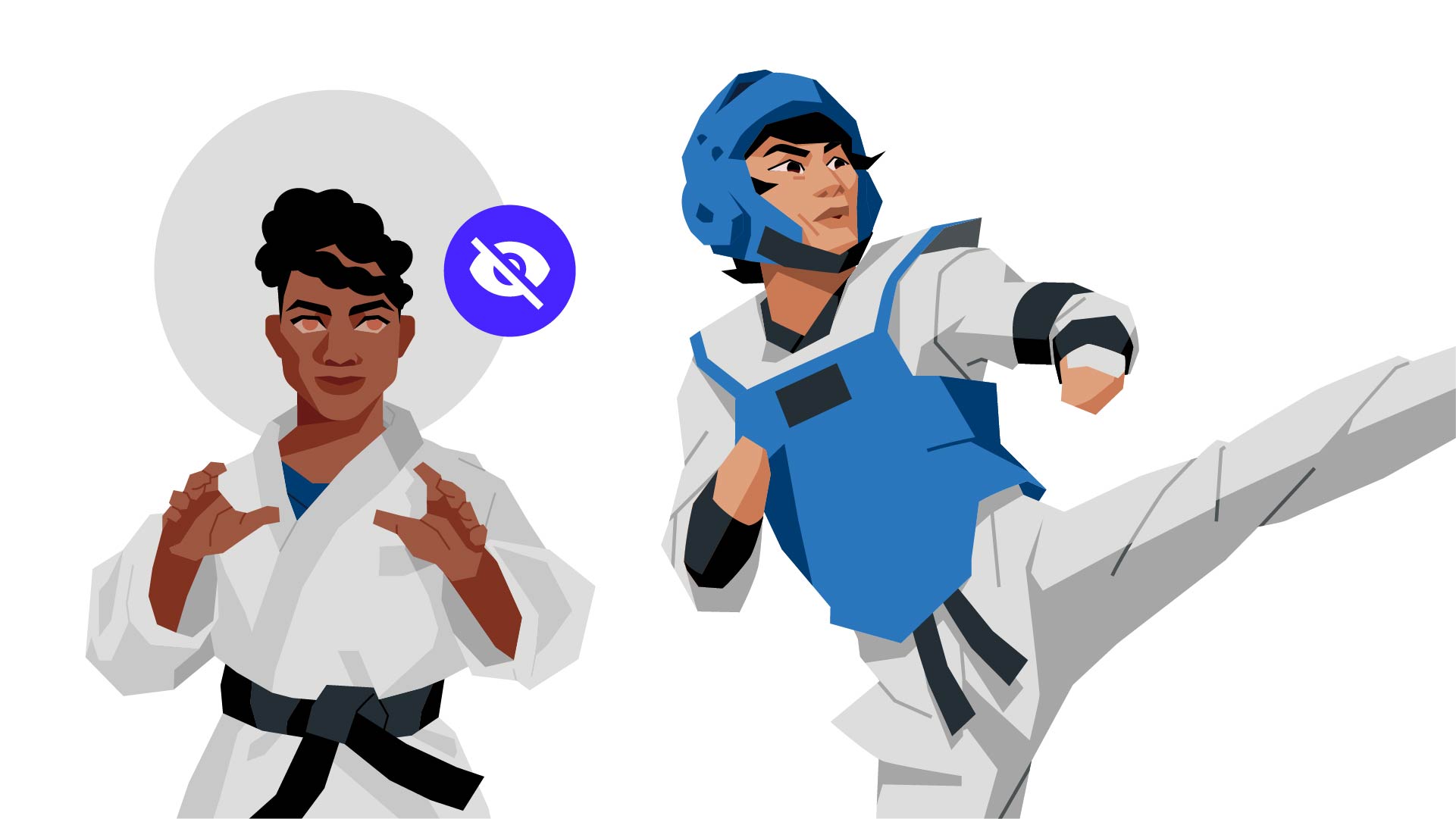
No items found.
No items found.
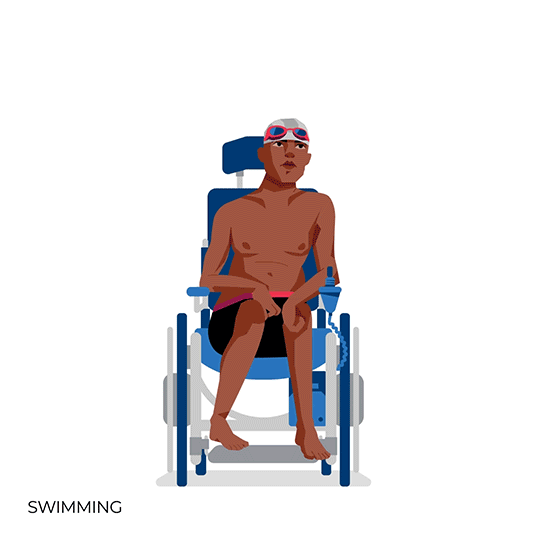
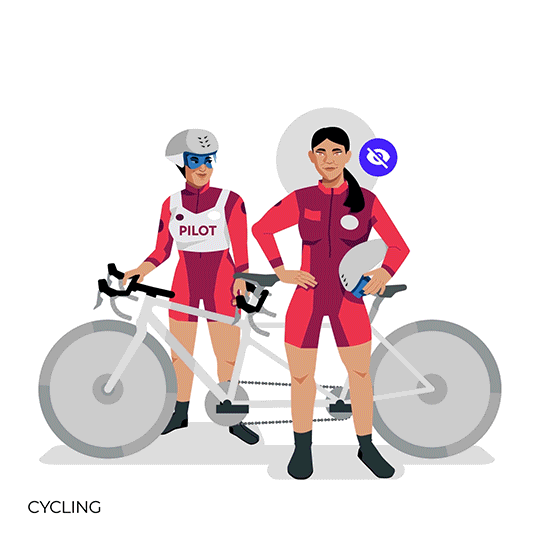
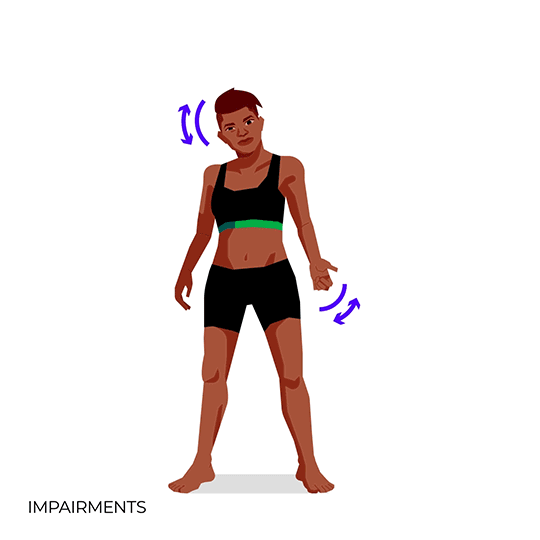
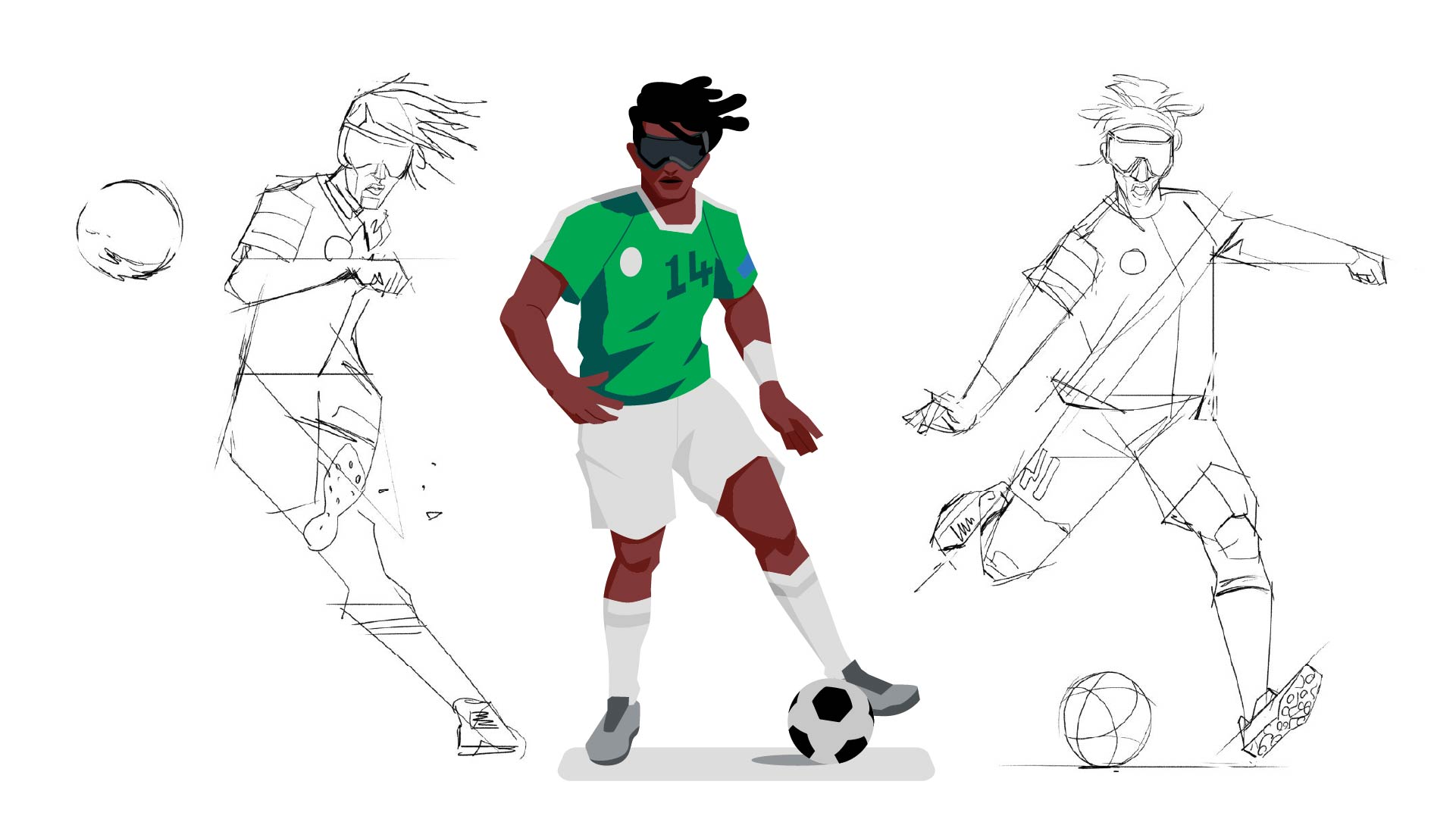
No items found.
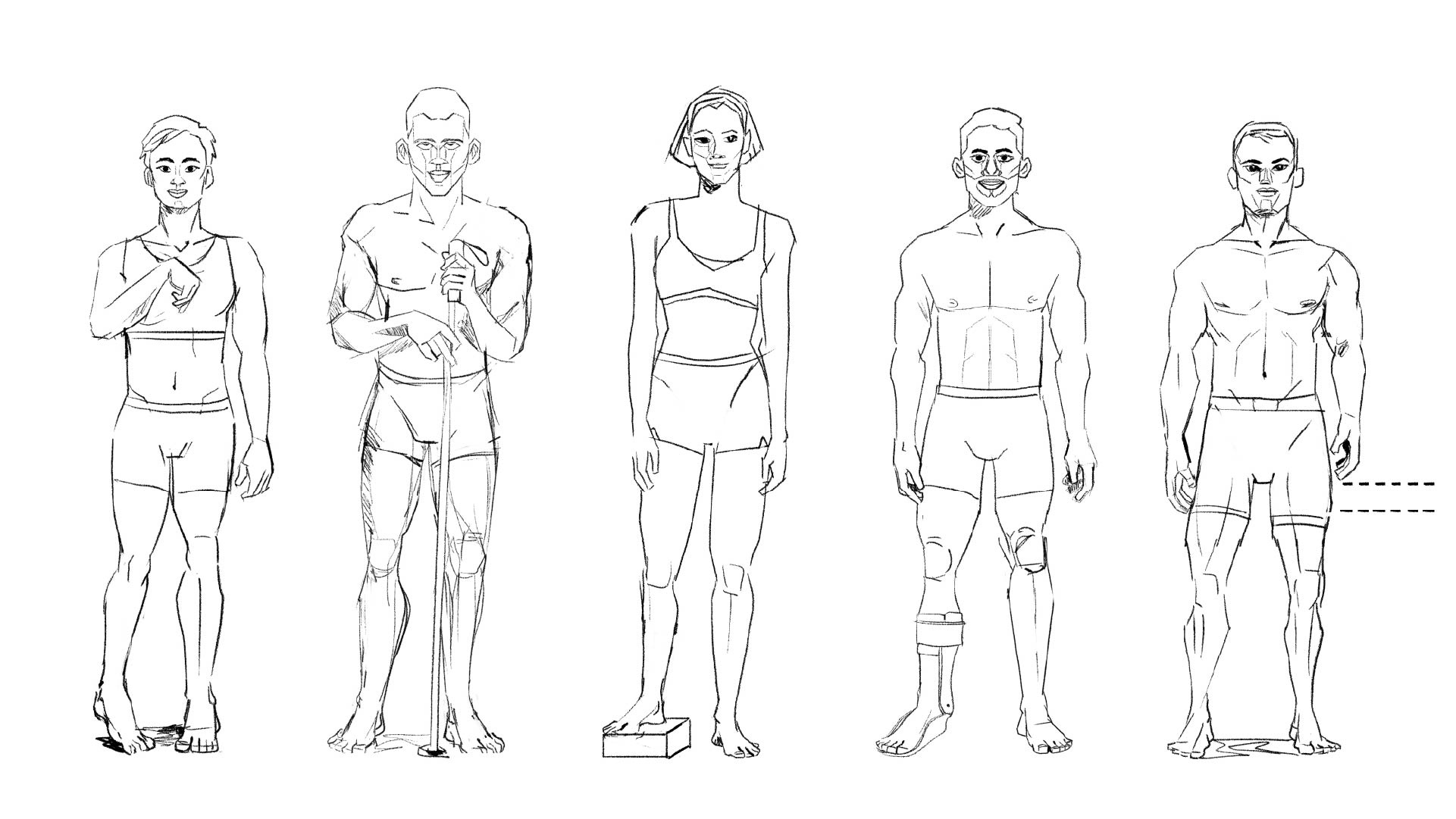
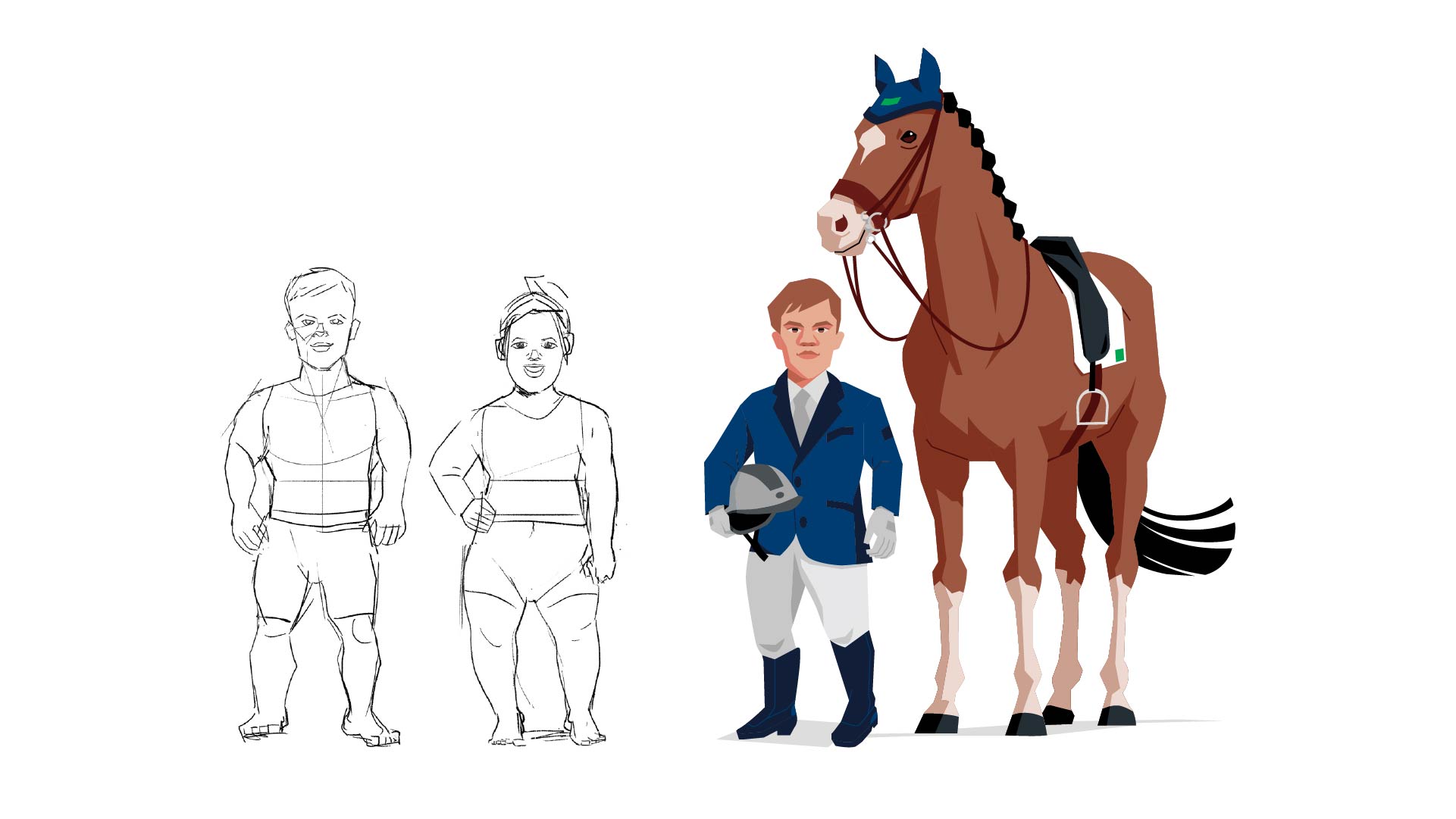
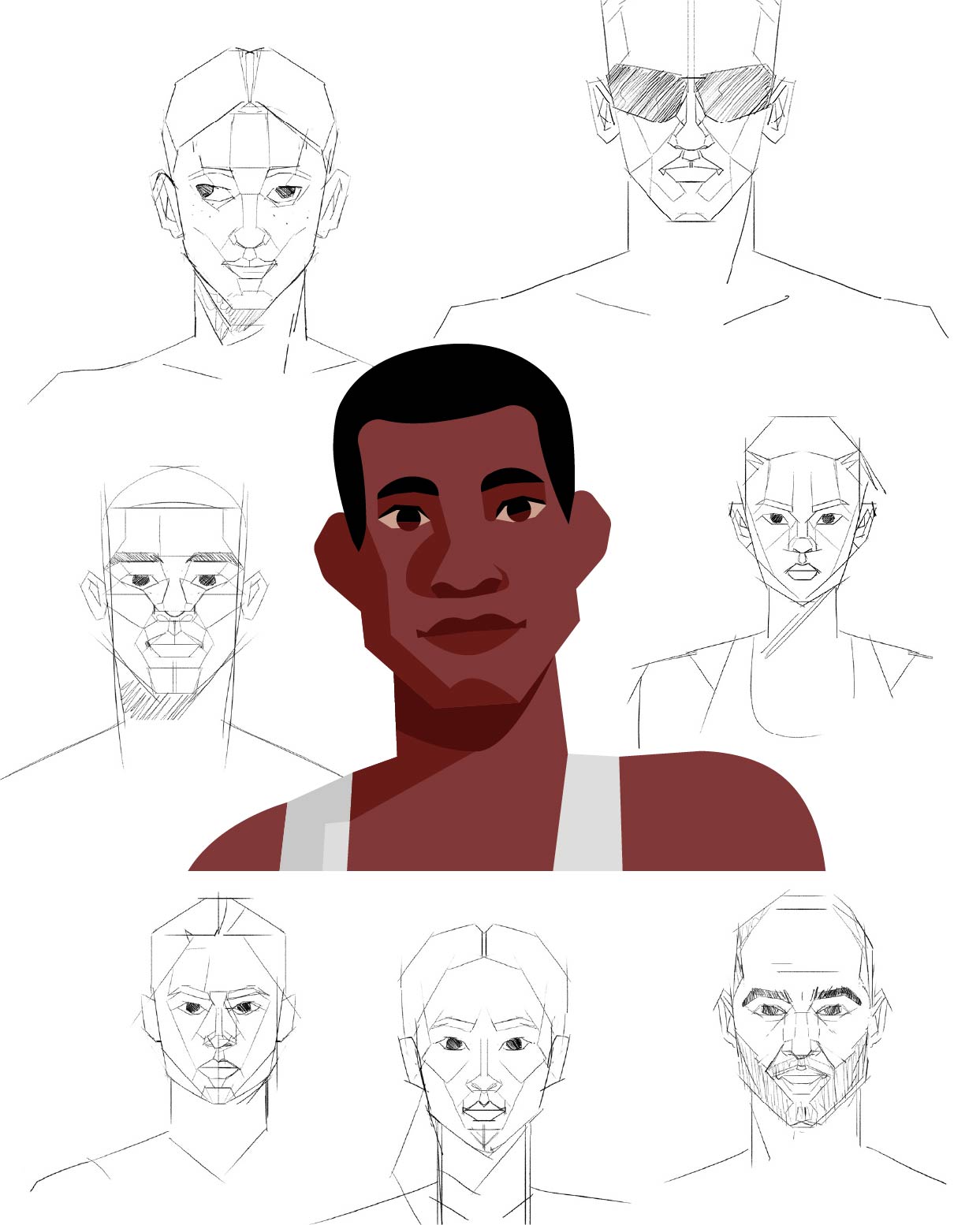
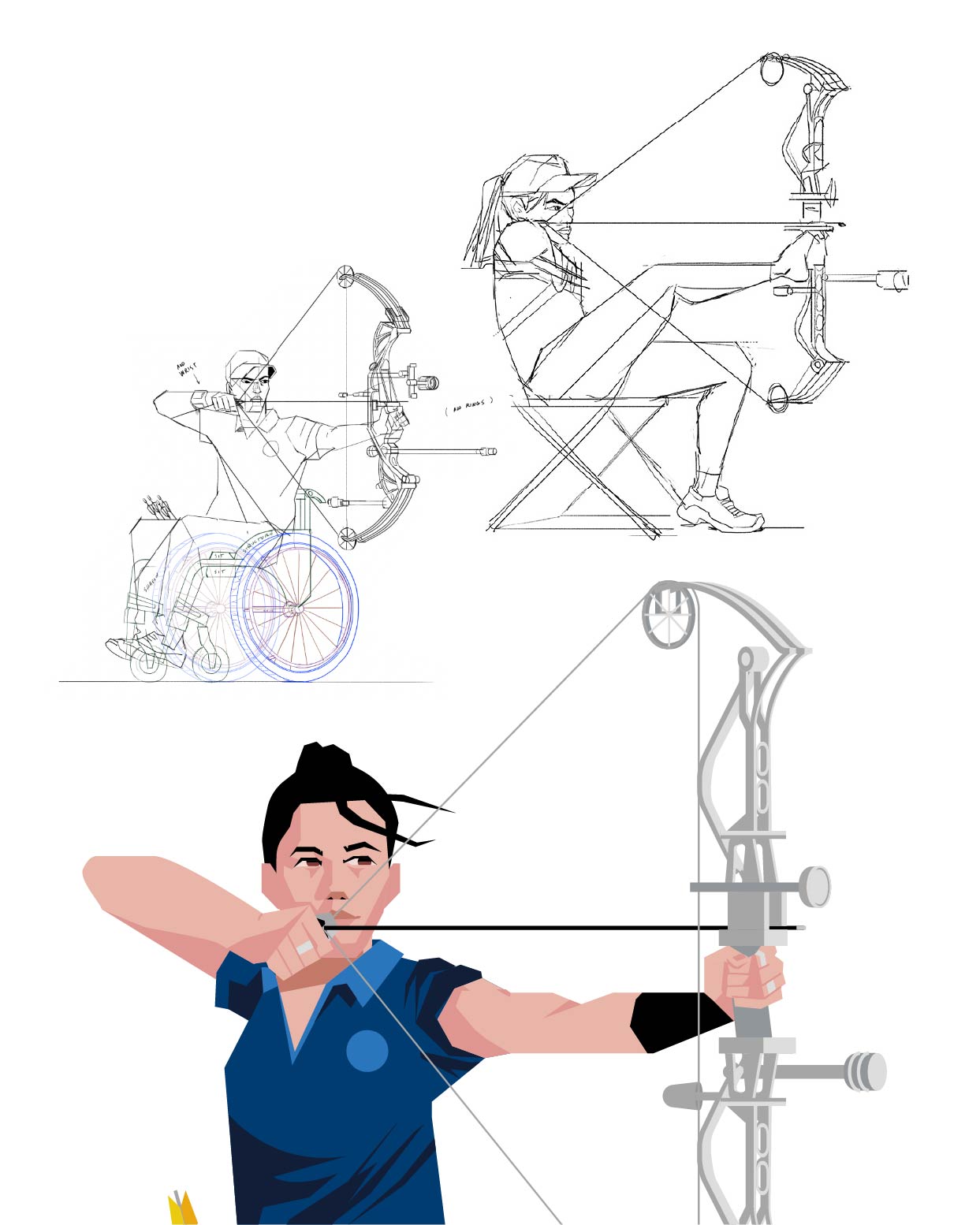
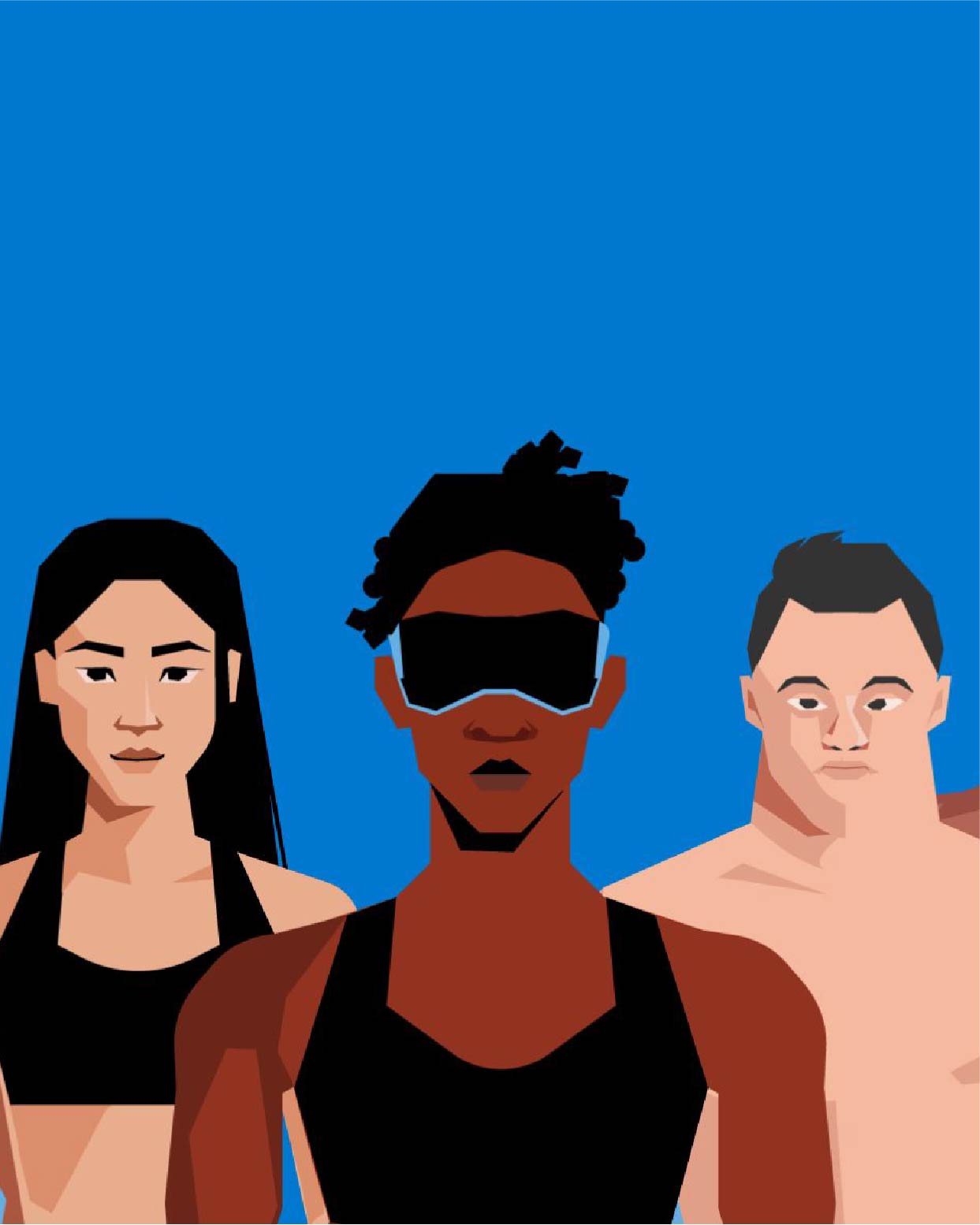
No items found.
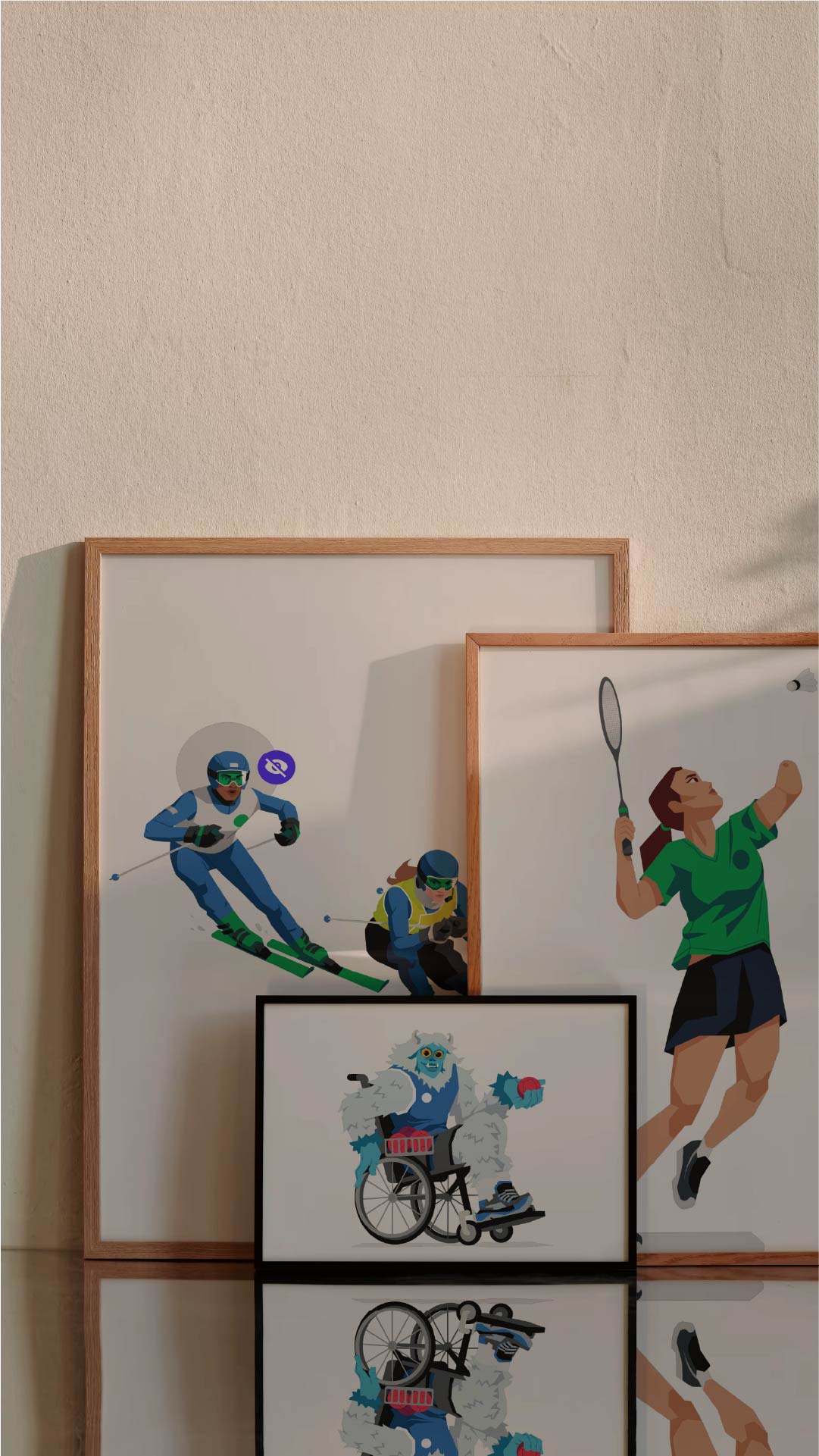
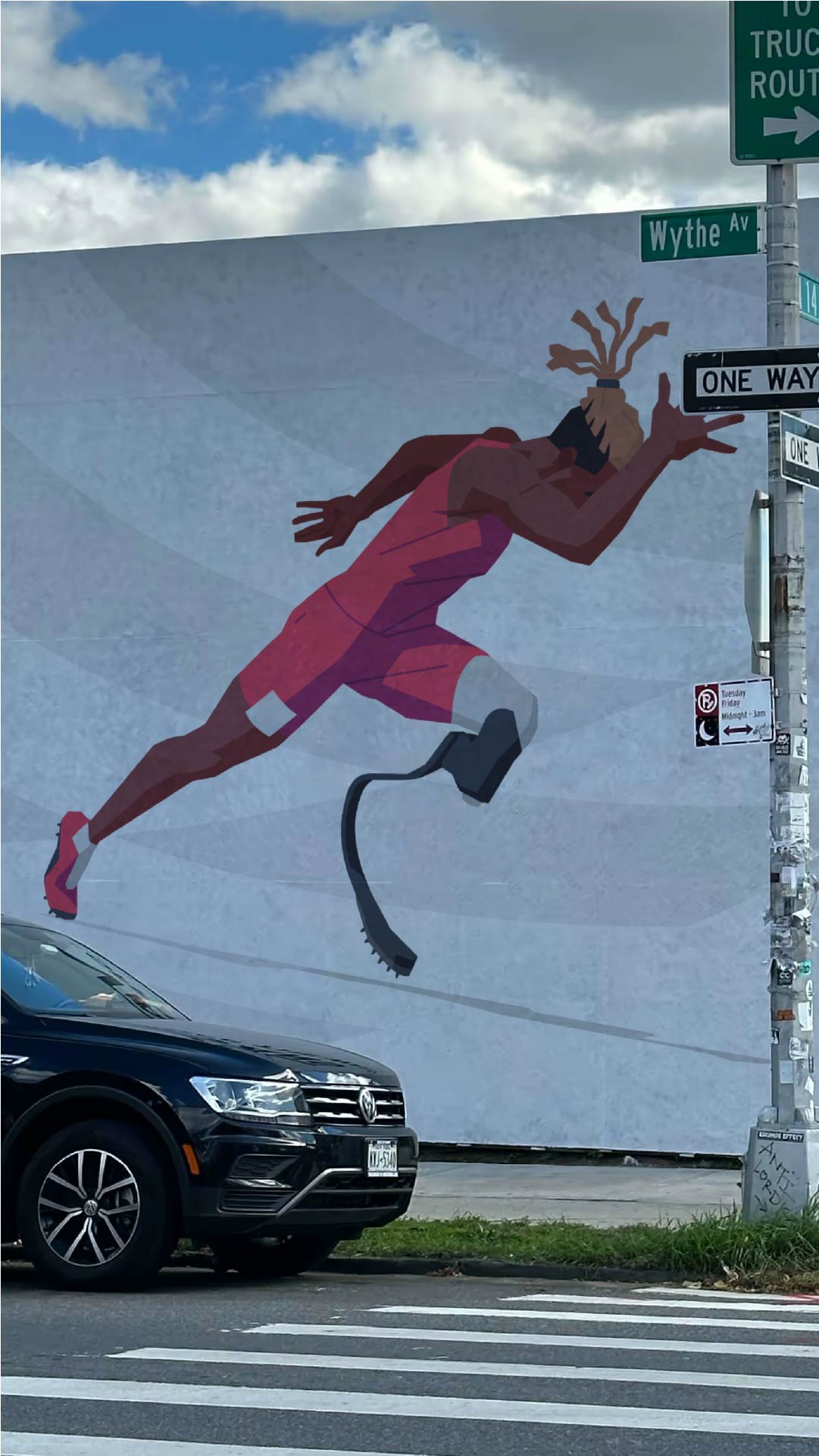
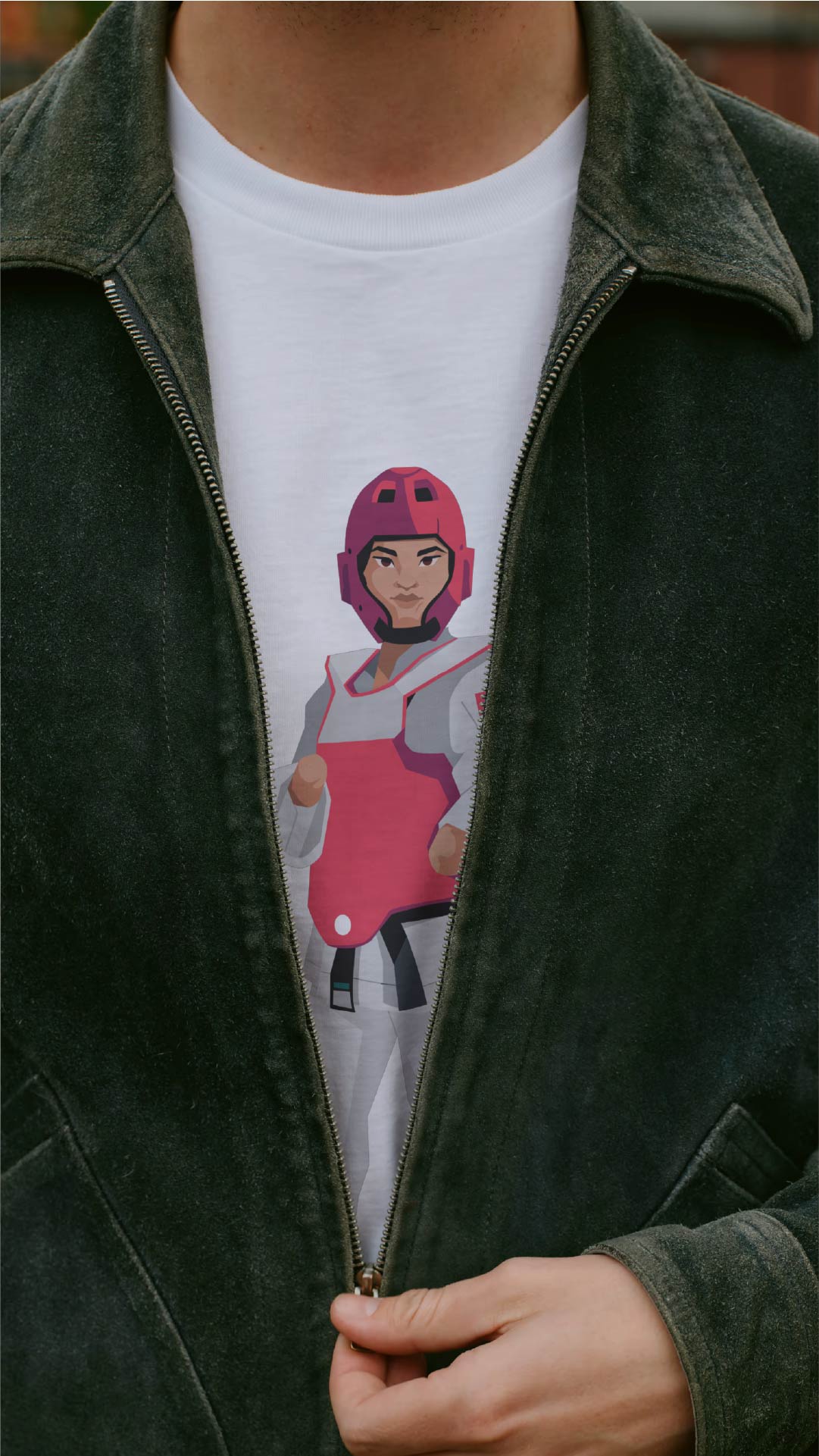
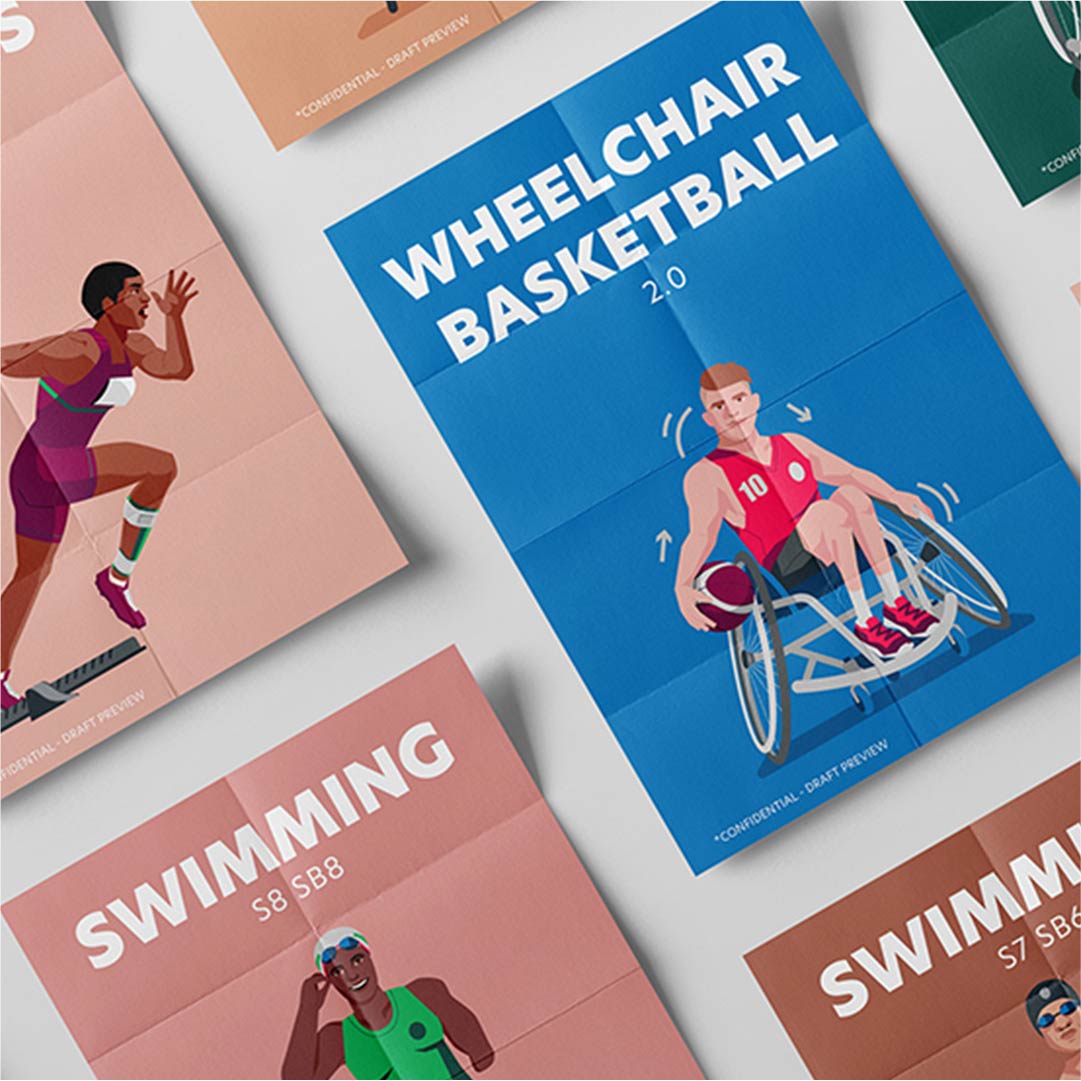
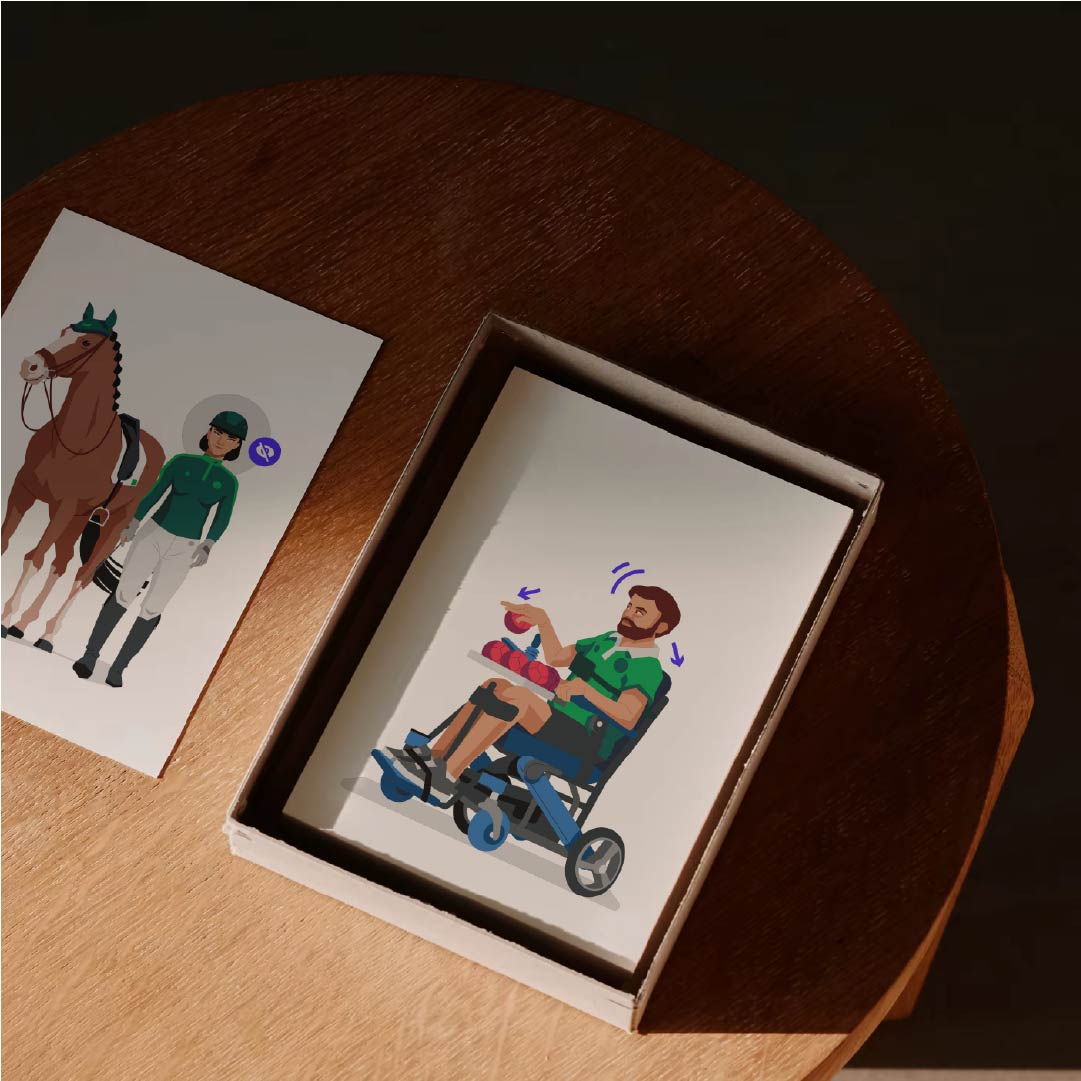
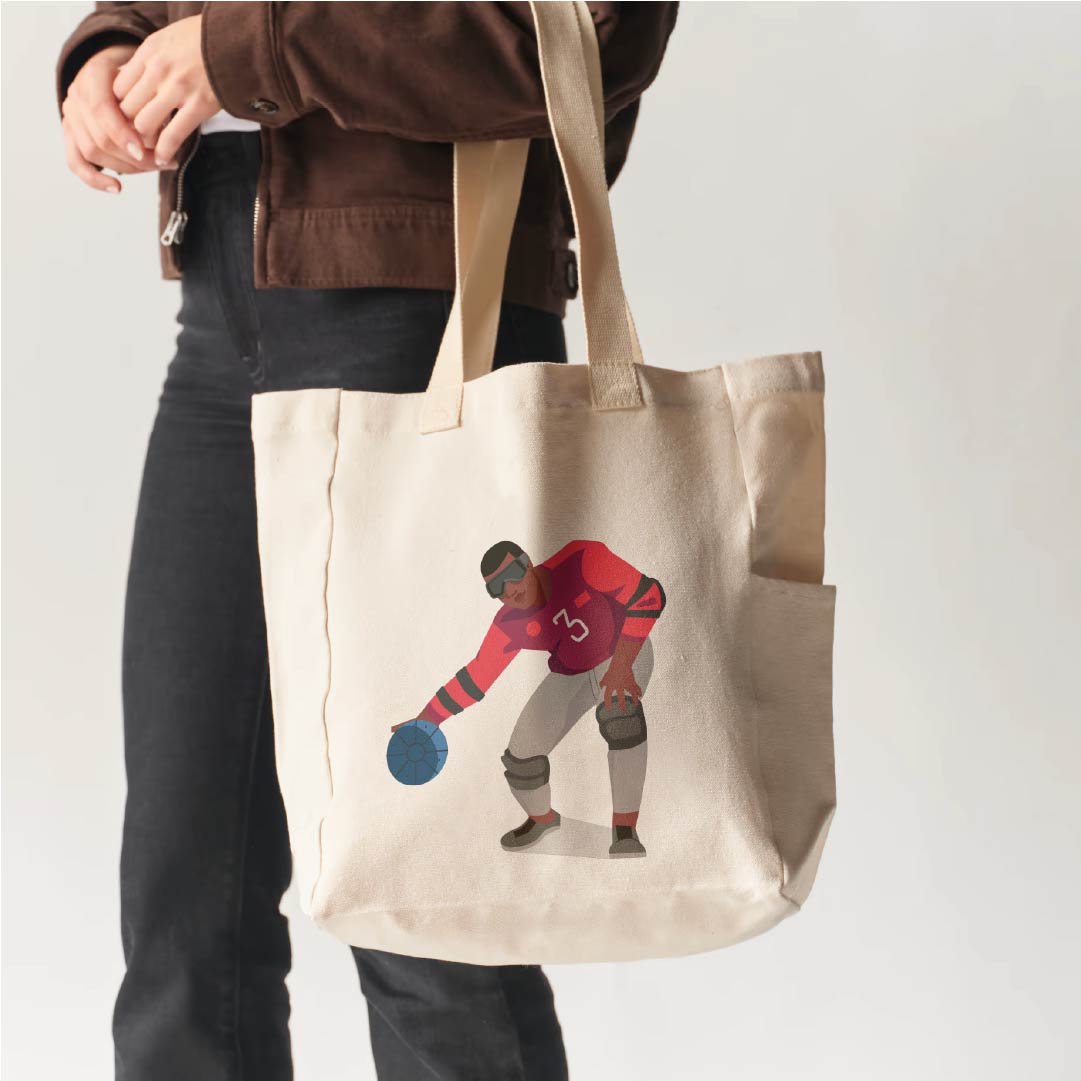
No items found.
BTS Reel
BTS Reel
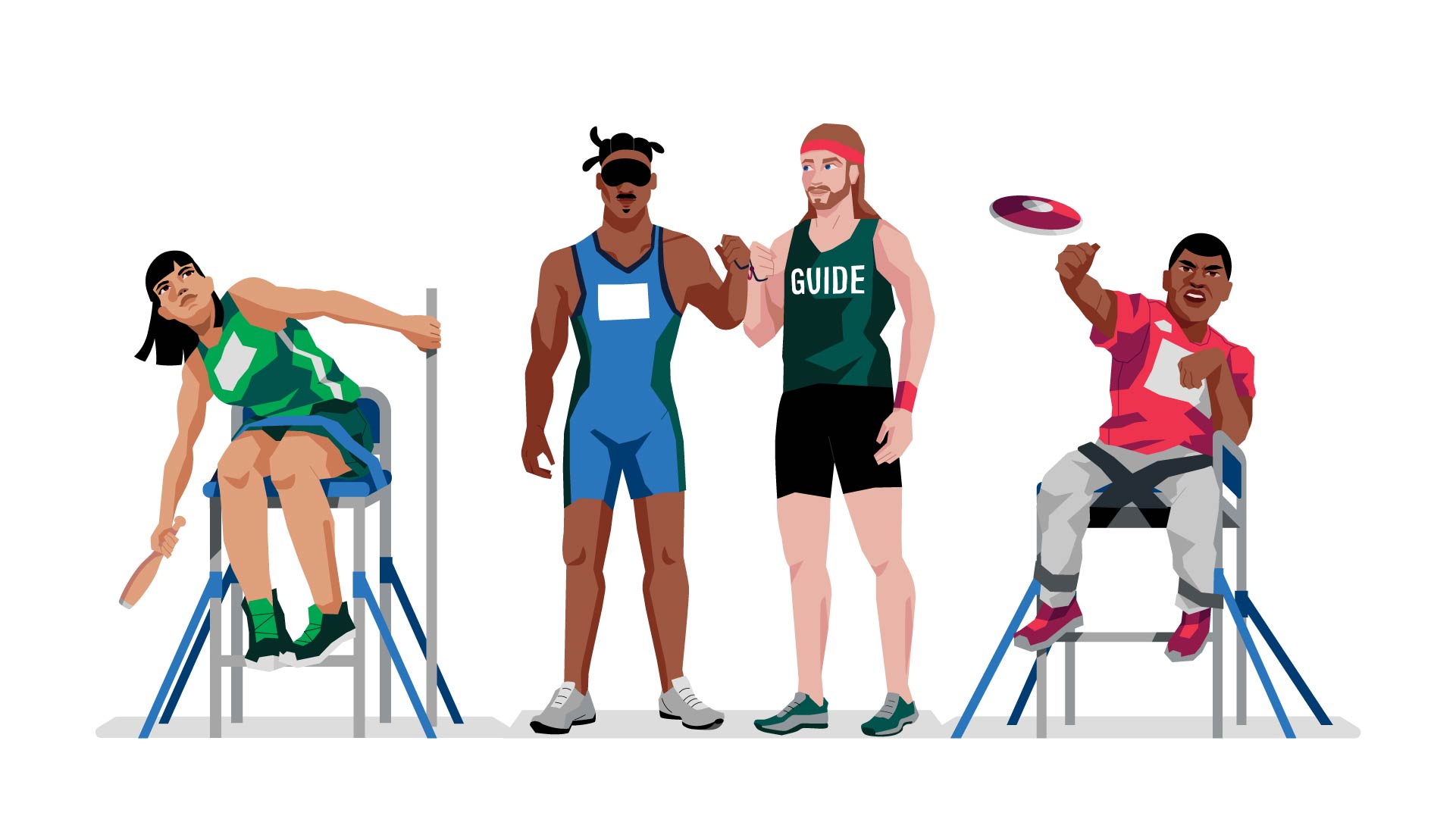
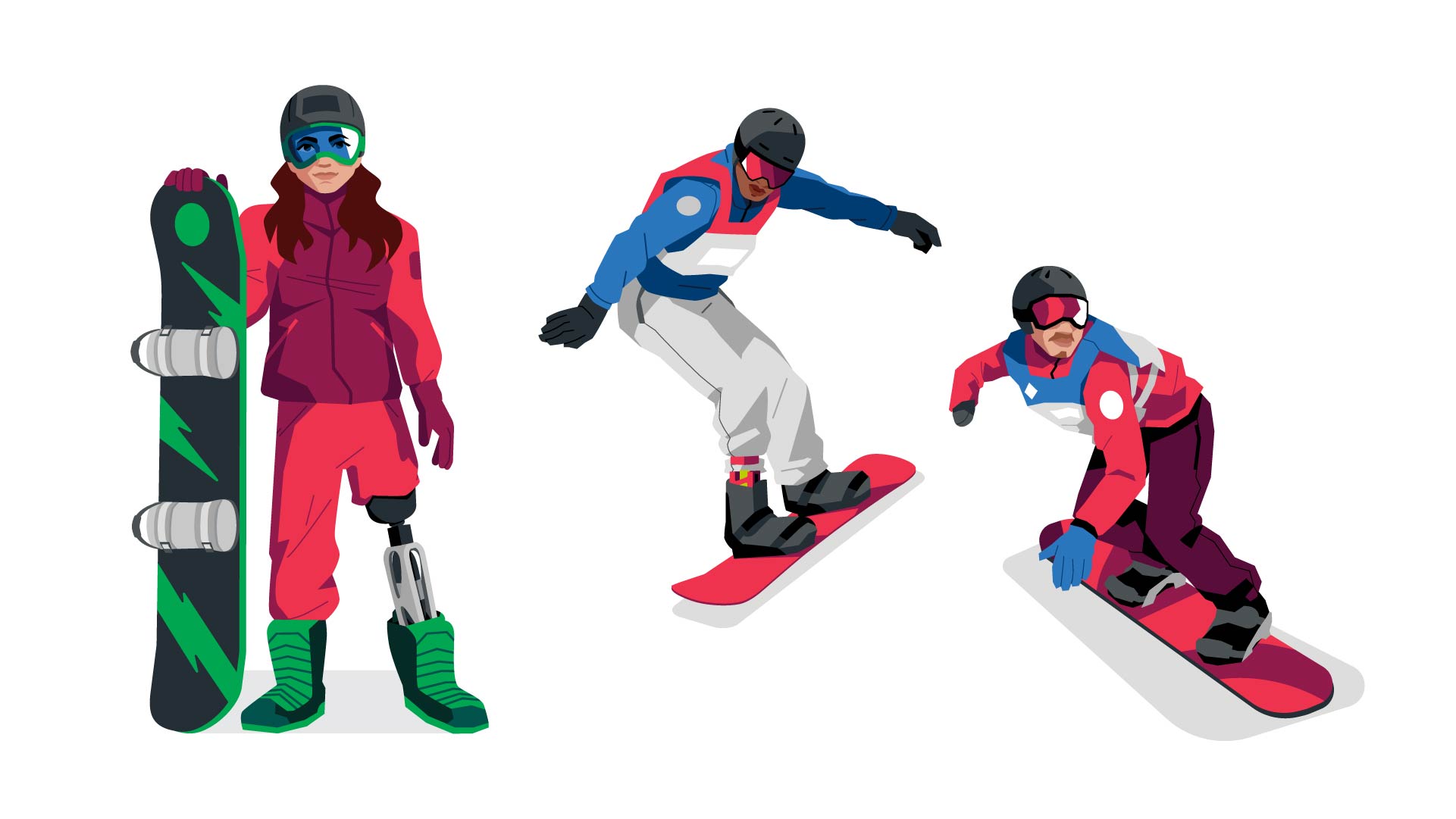
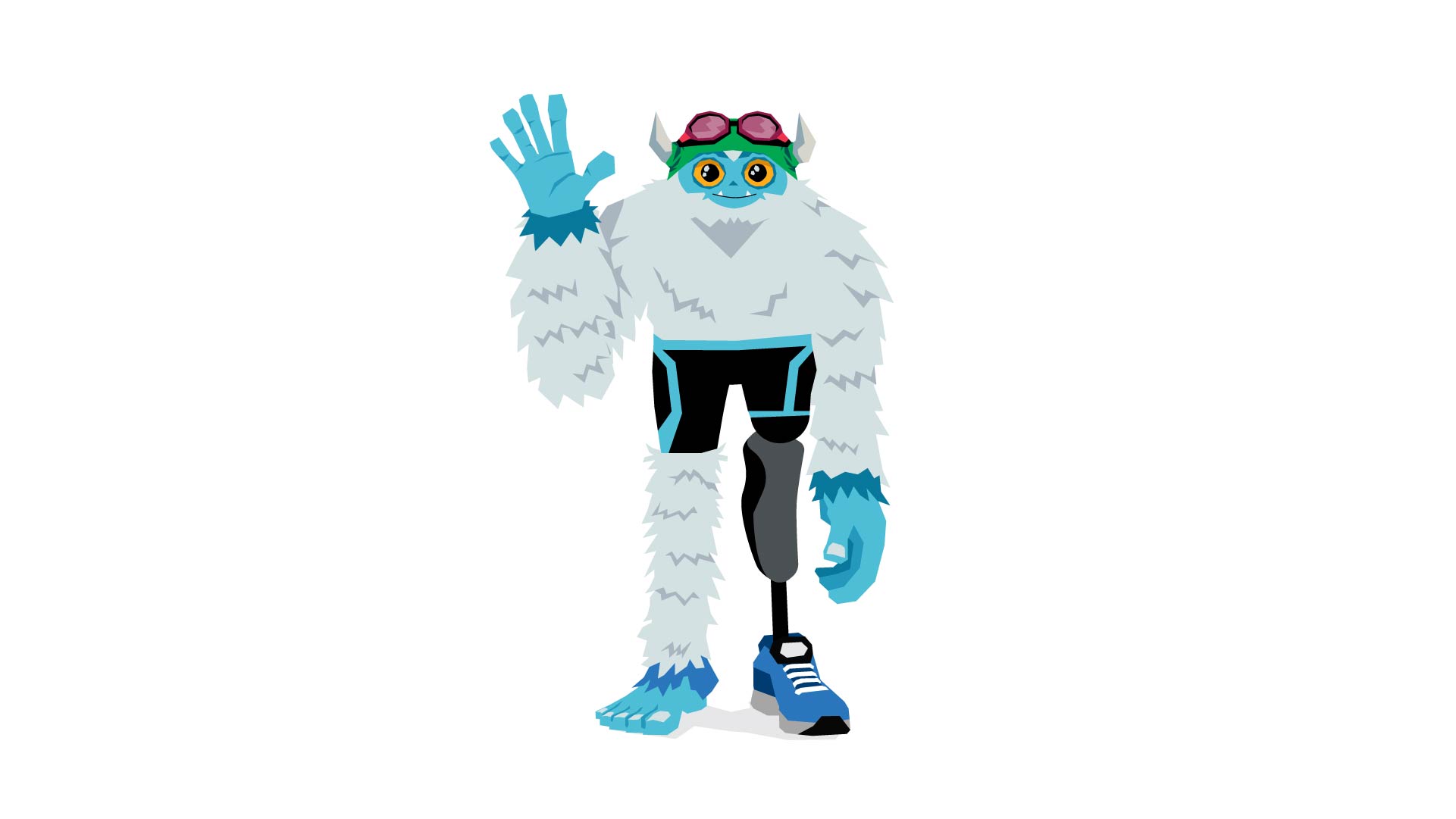
No items found.
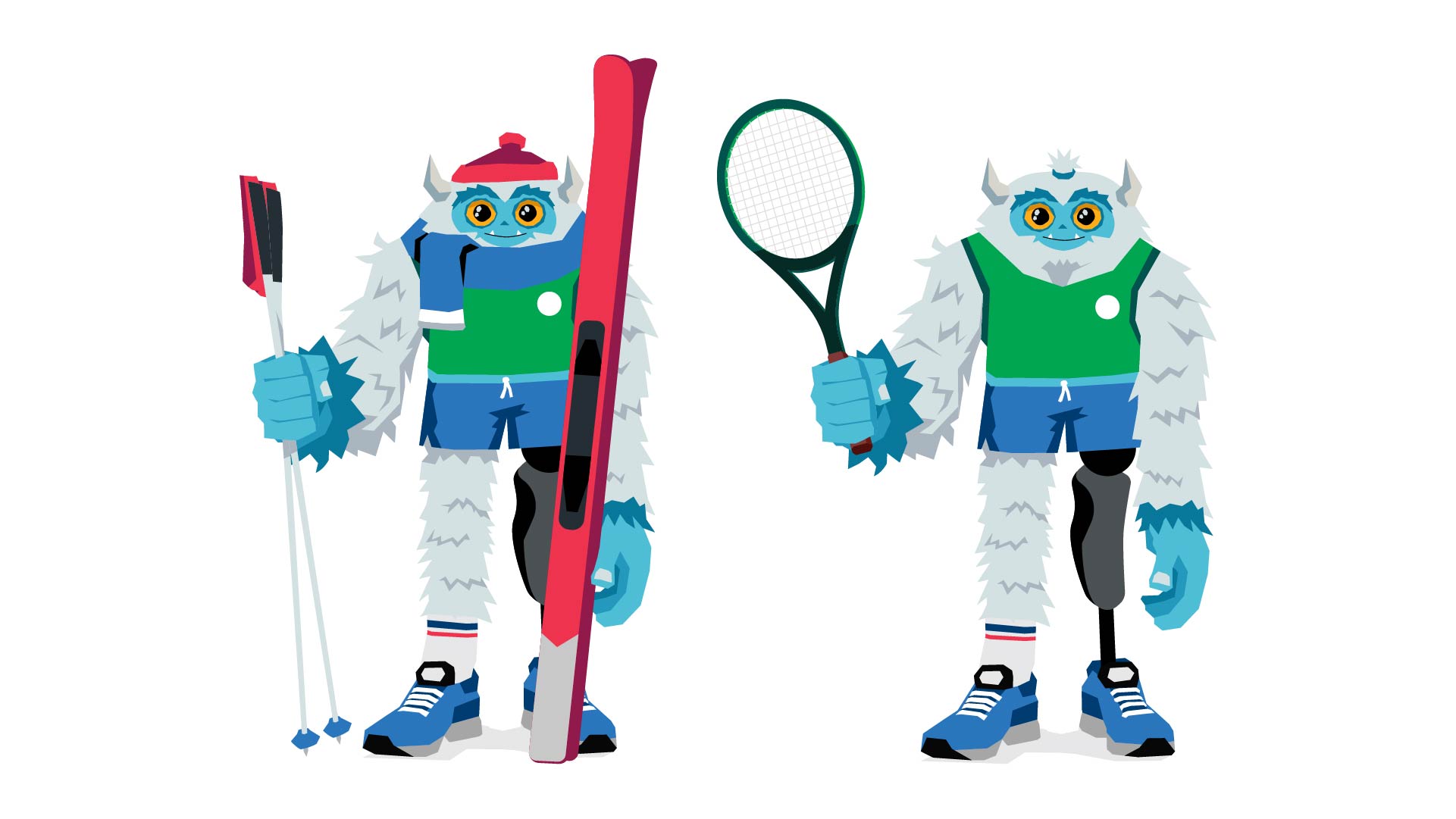
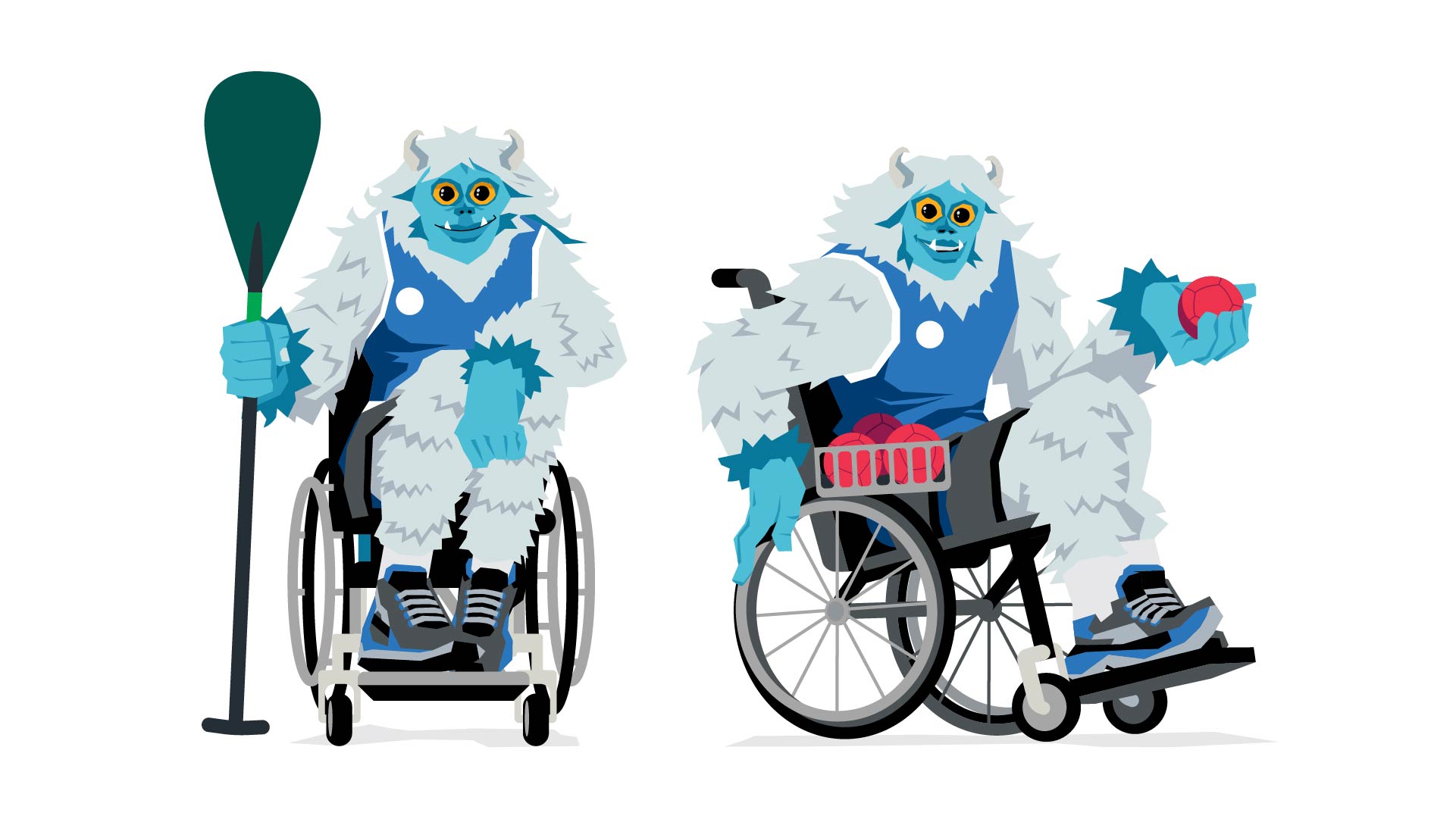
No items found.
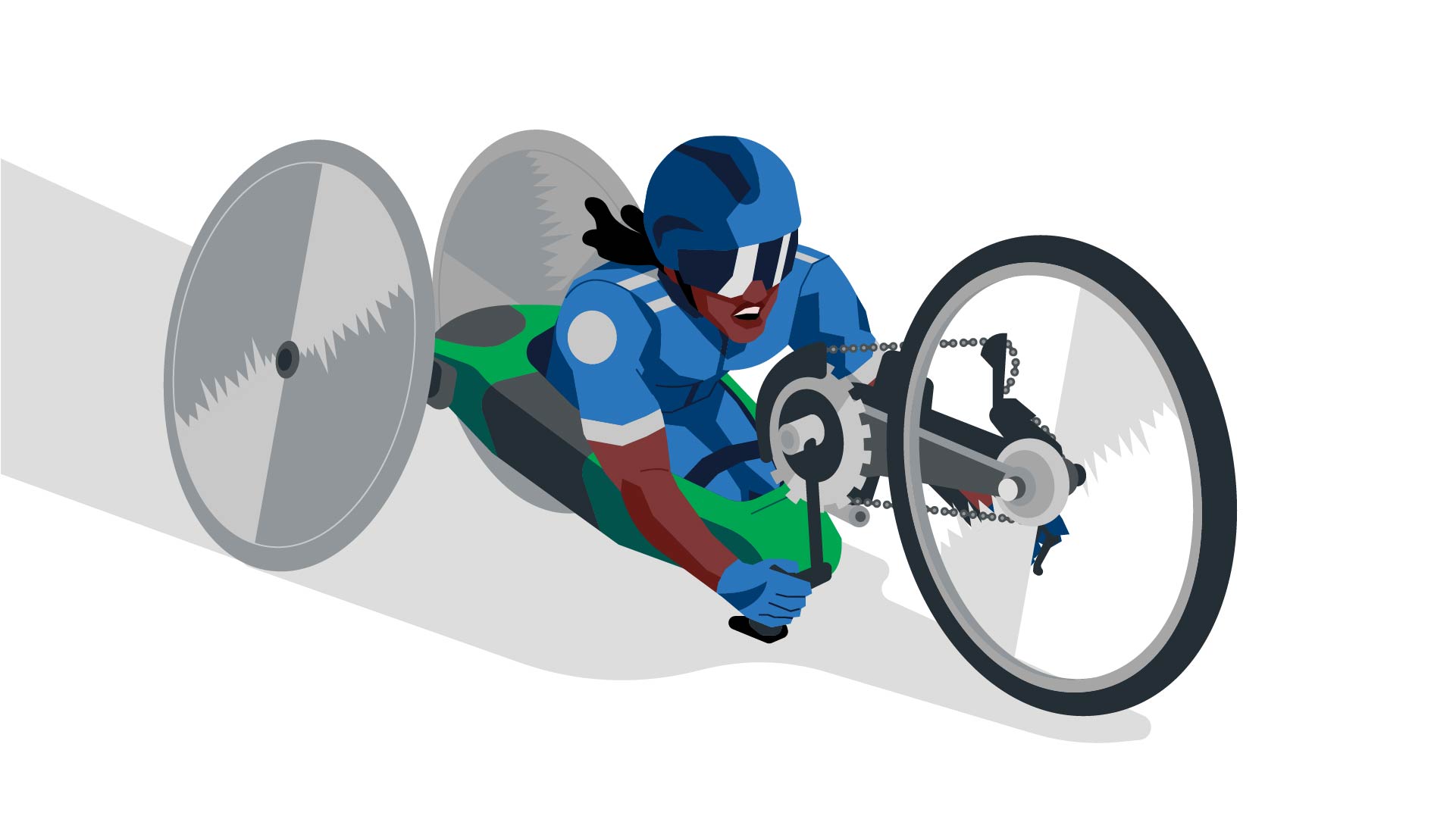
No items found.
No items found.
No items found.
Credits
Client
International Paralympic Committee
Creative Director
Hung Le
Executive Producer
Ricardo Roberts
Producer
Alisha Kramer
Art Director
Carlos Alegría
Illustration and Design
Carlos Alegría, Andrea Gendusa, Allyson Schuman, Franco Vecchi, Liangliang Luo, Pasquale Garibaldi, Gayane Saratikian
Disability Consultant
David Jeffers
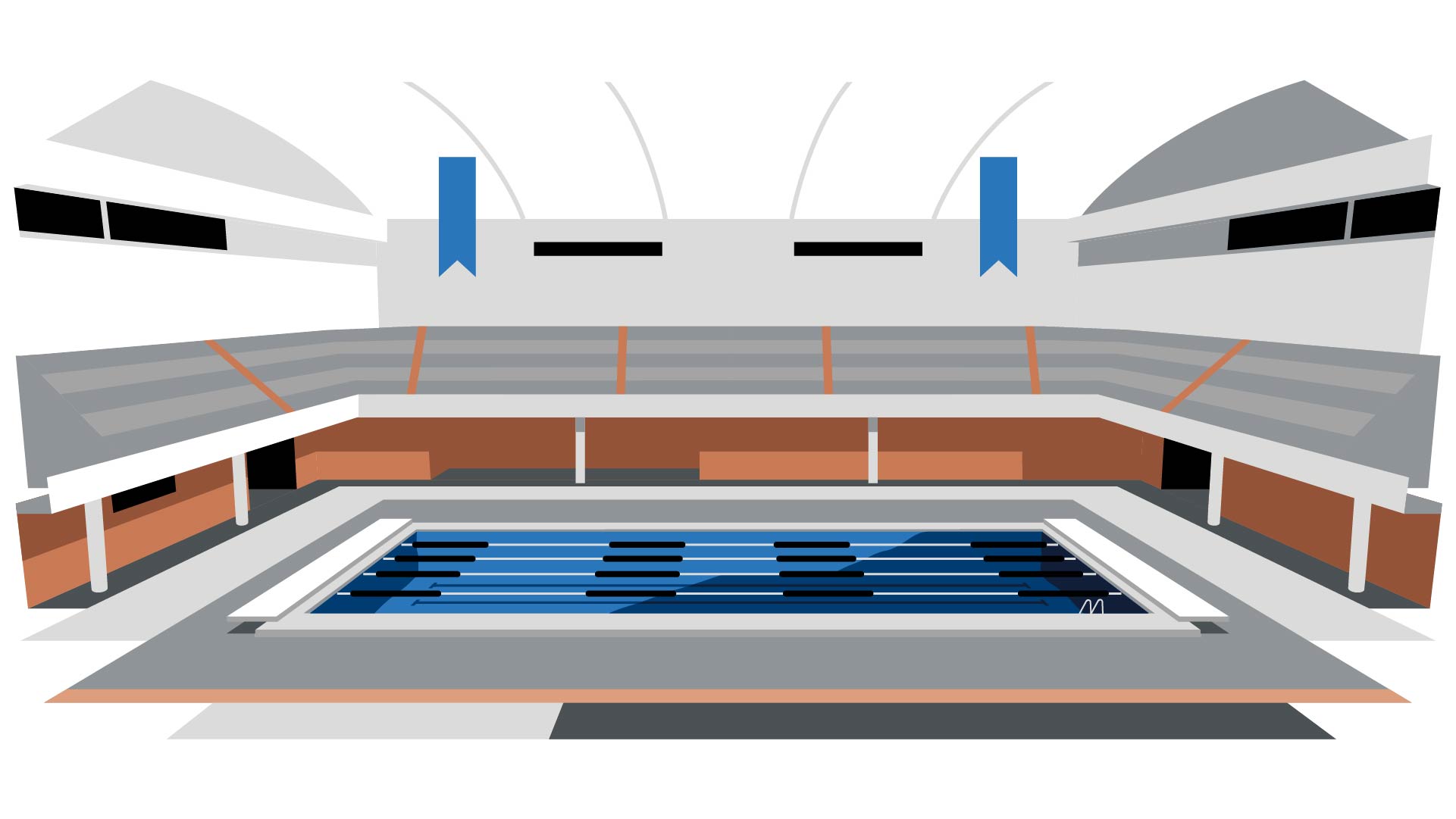
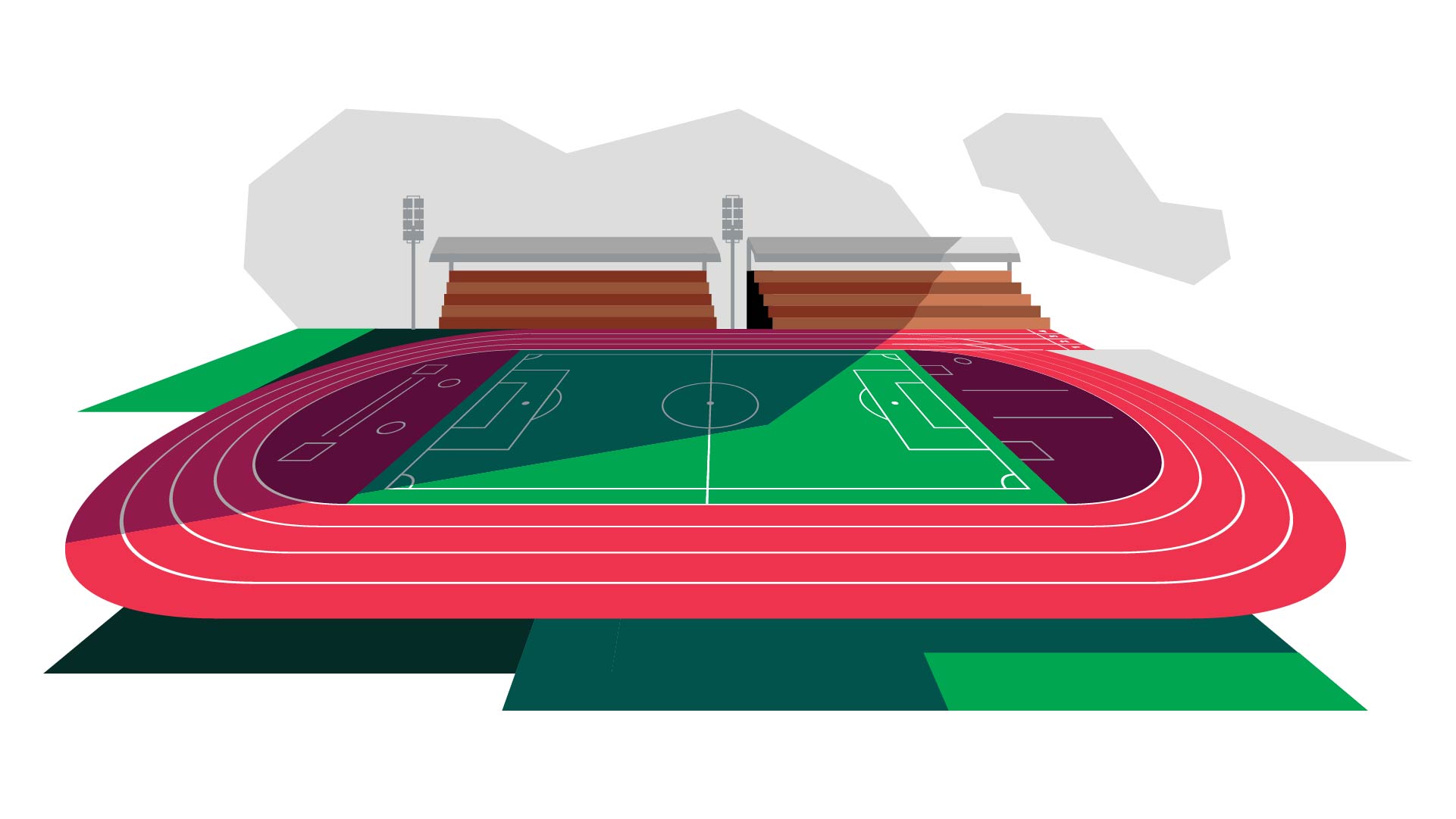
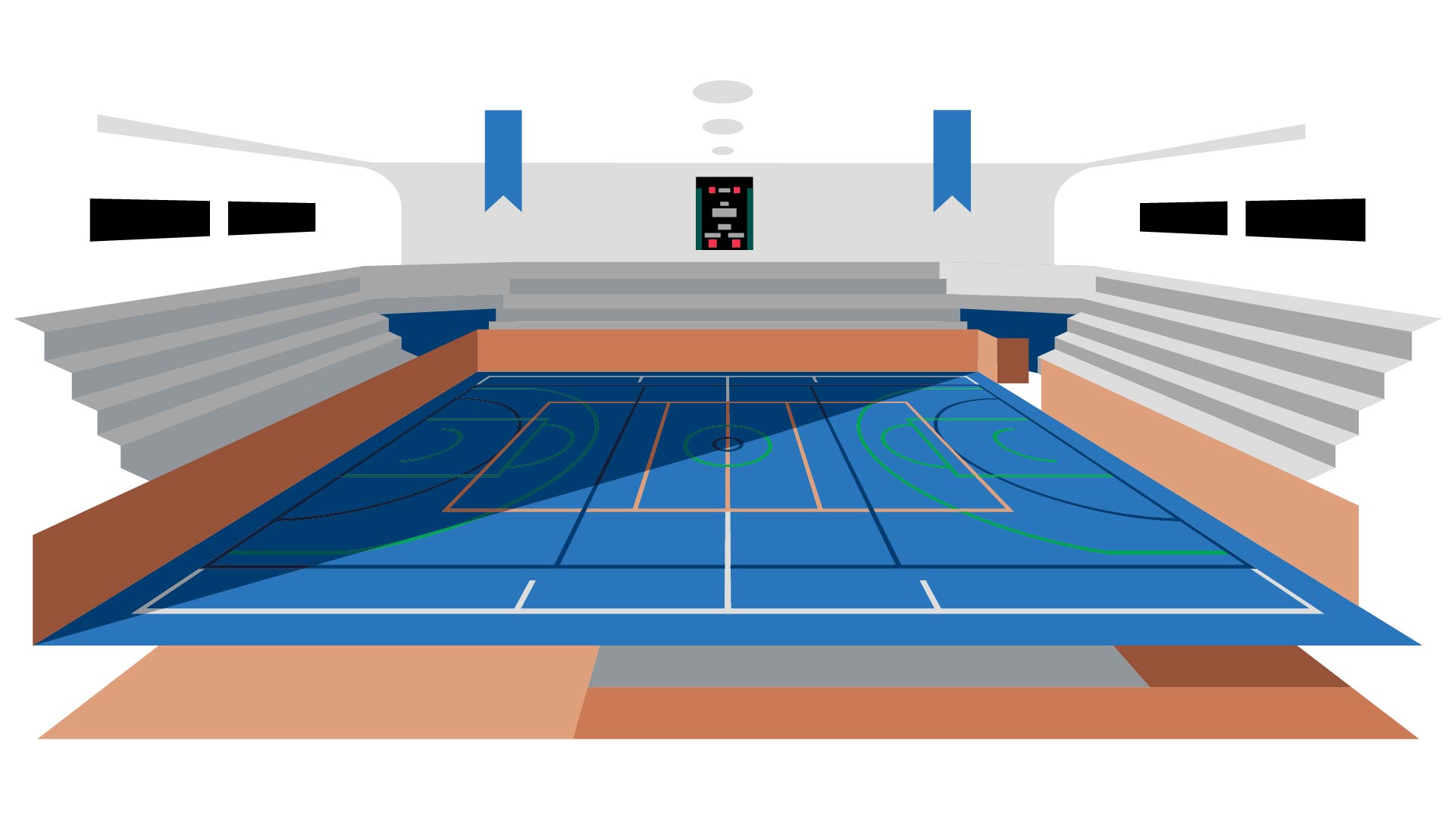
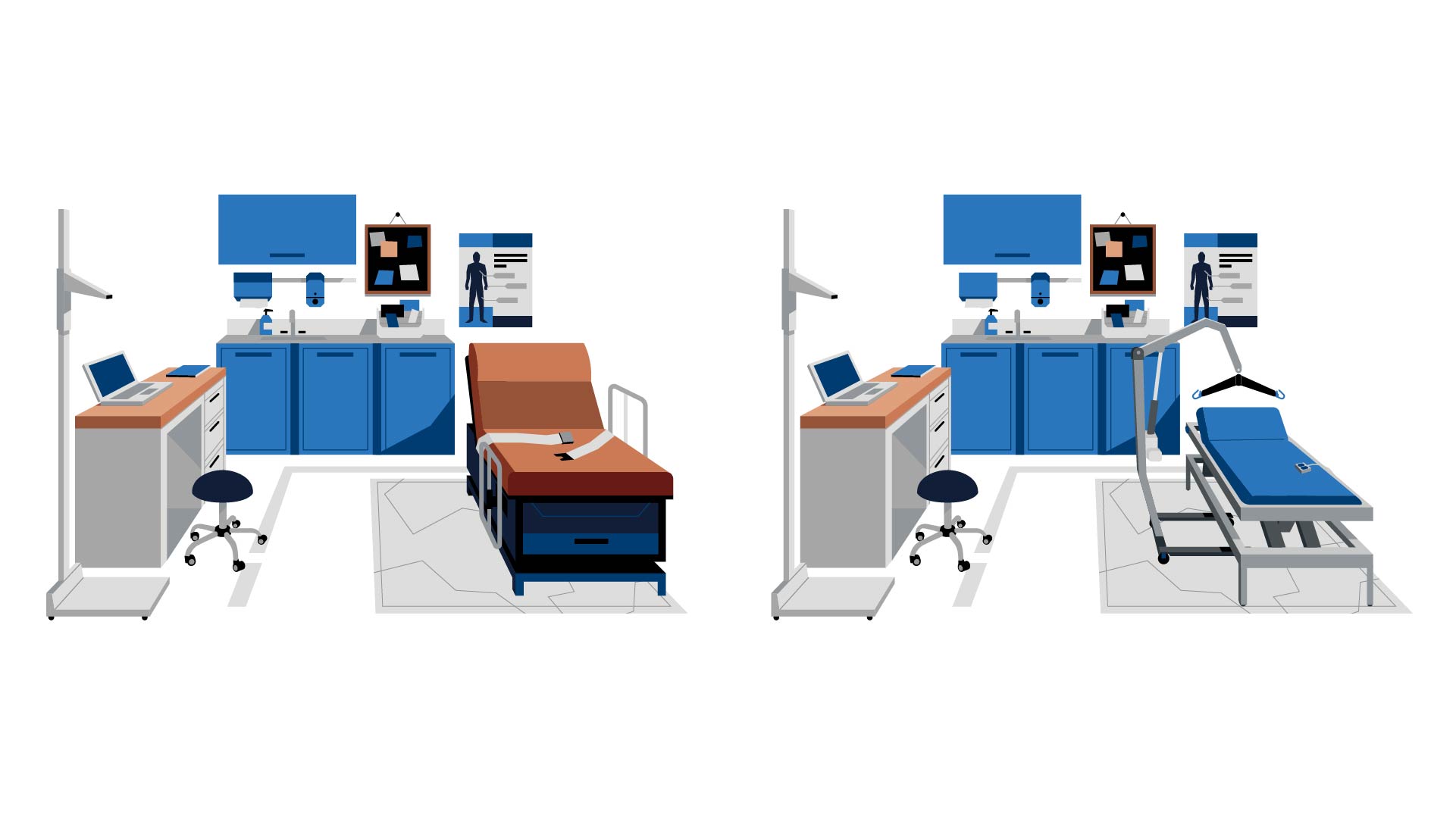
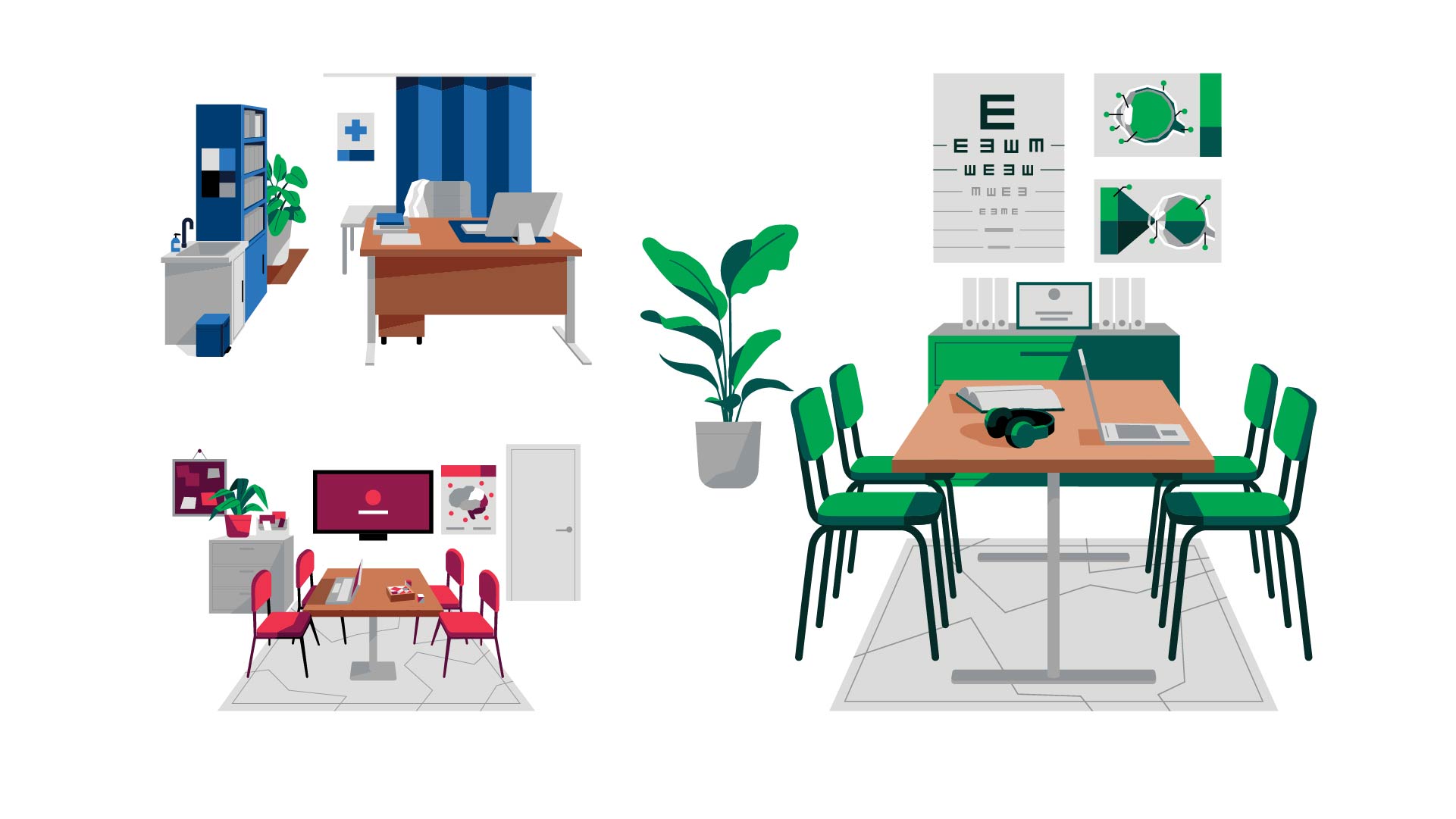
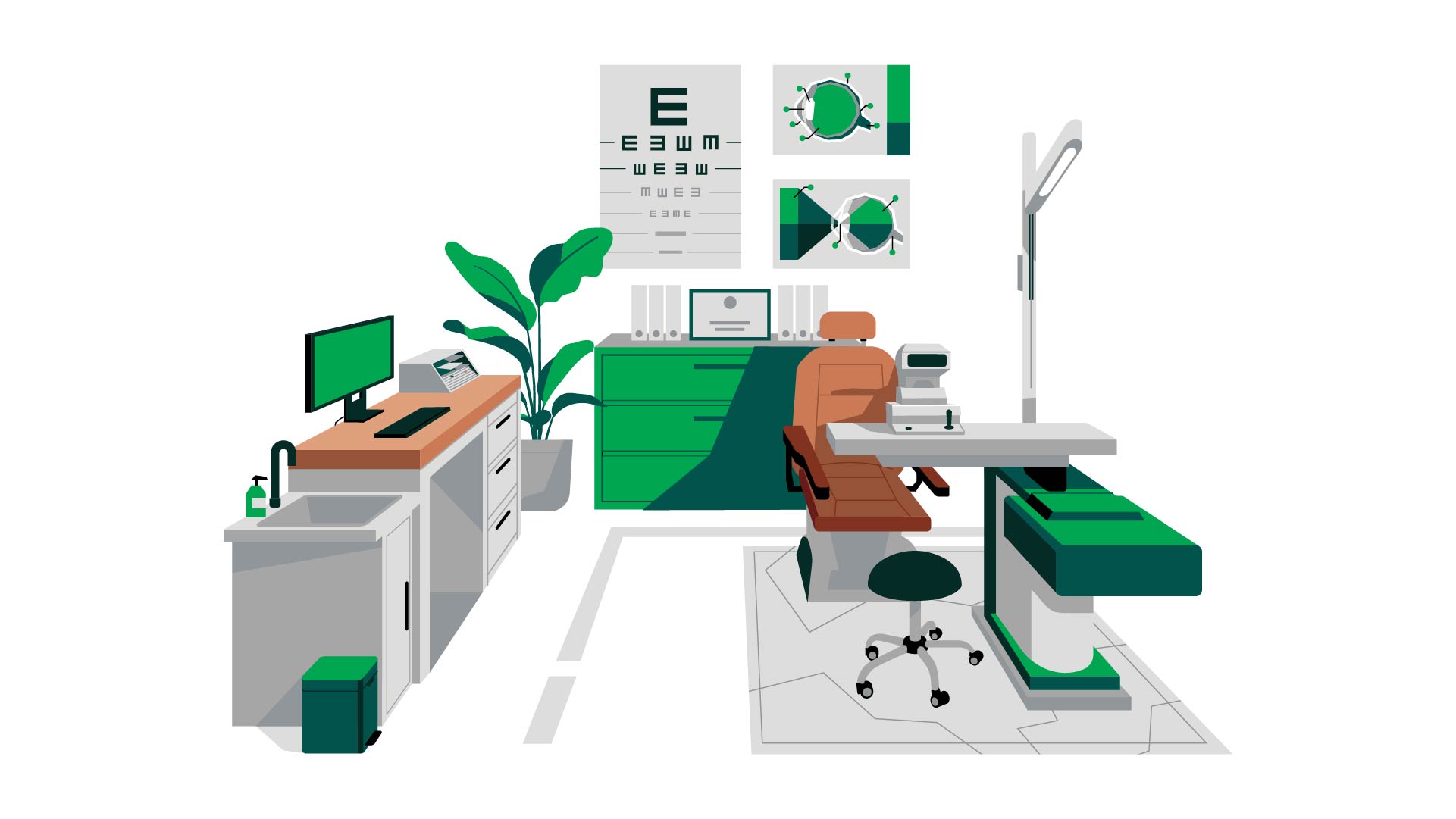
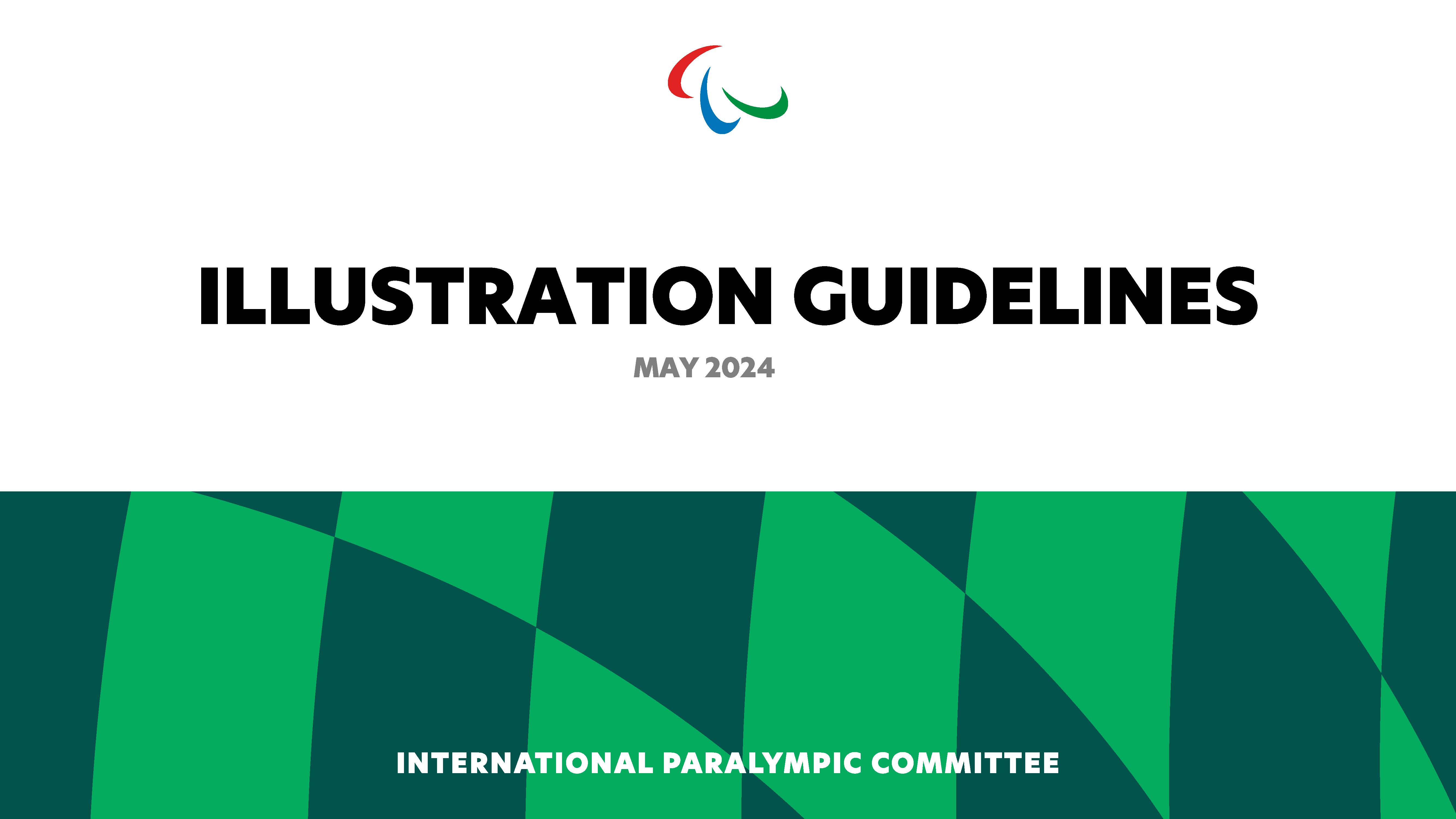
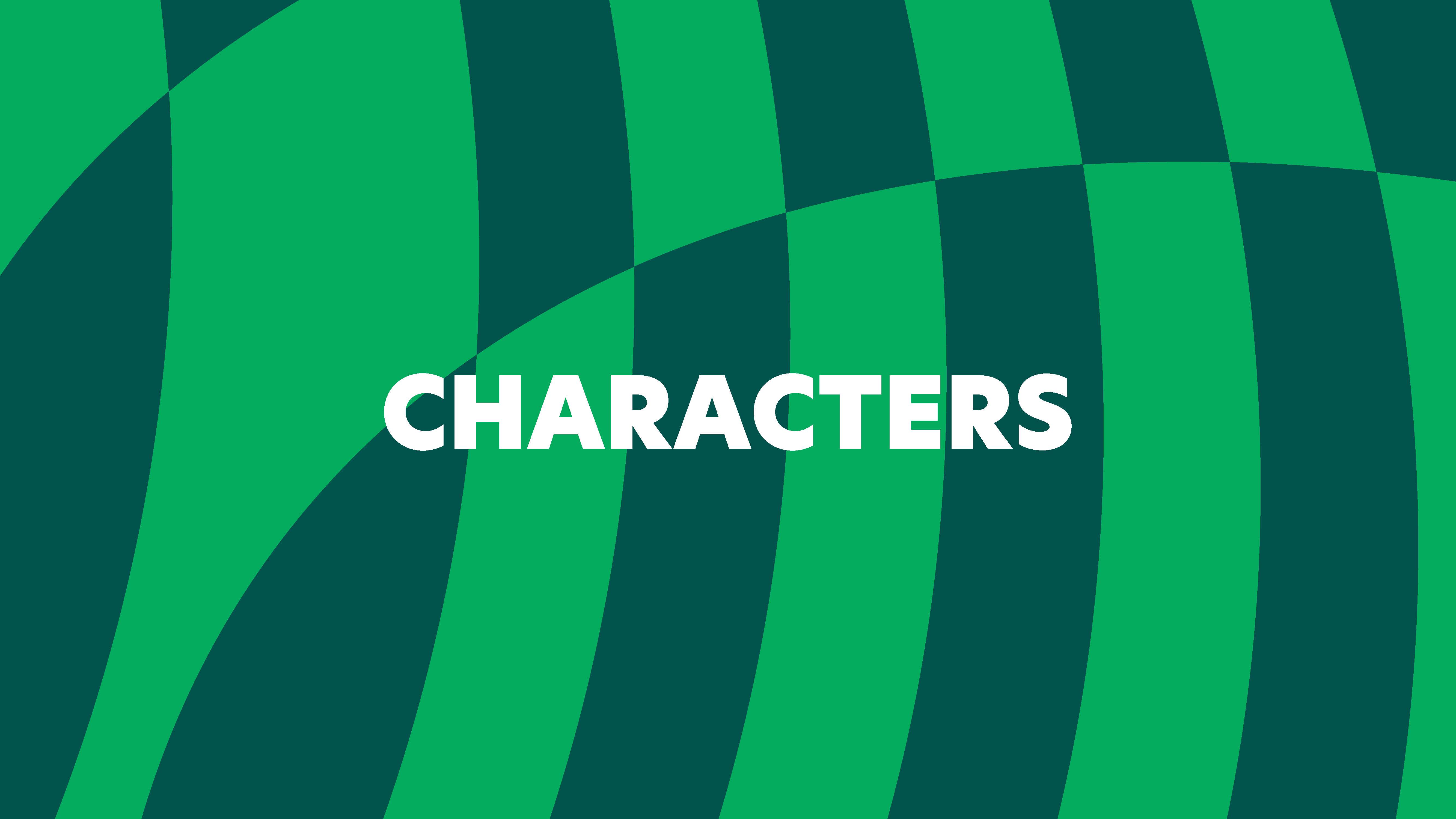
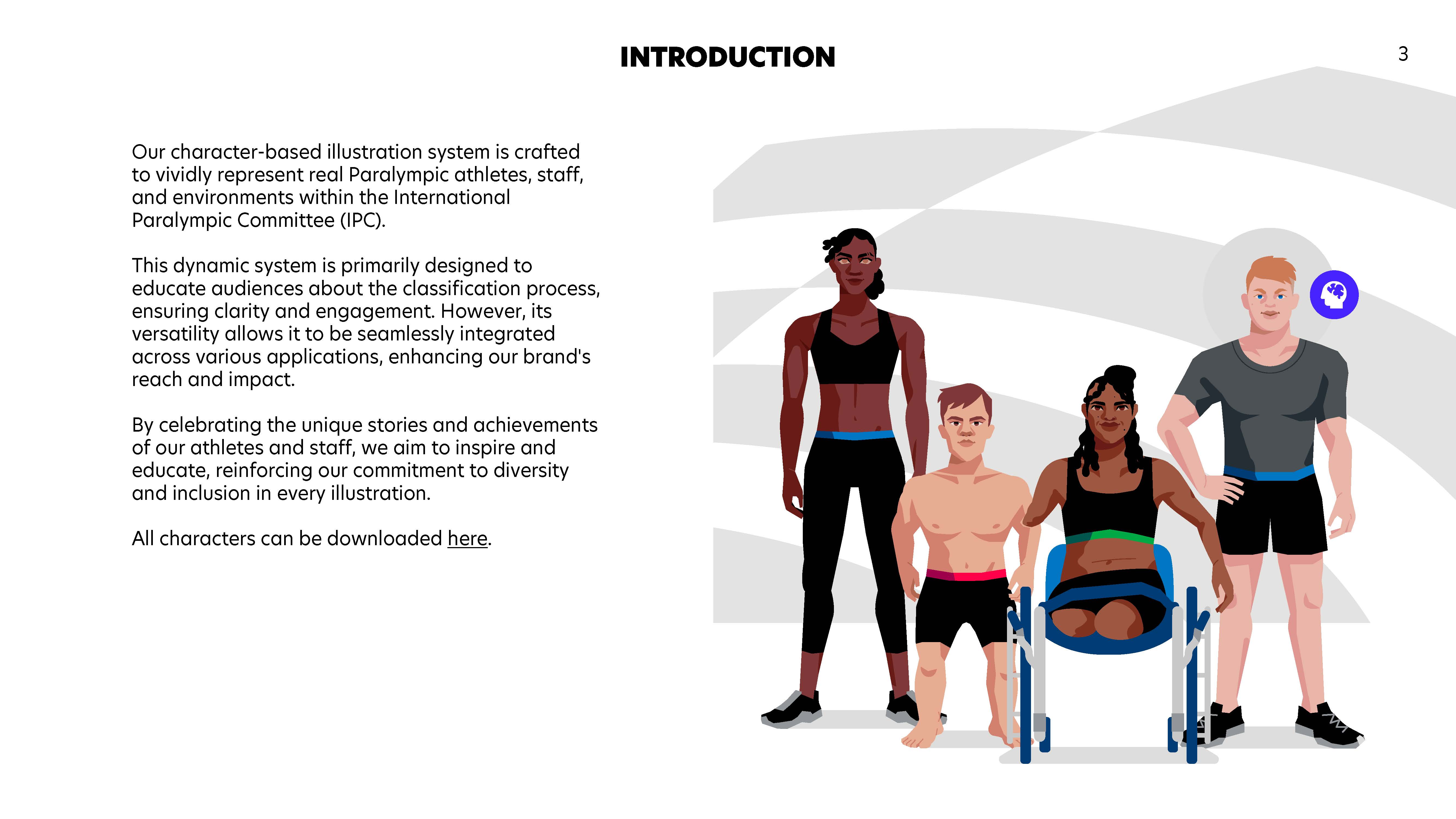
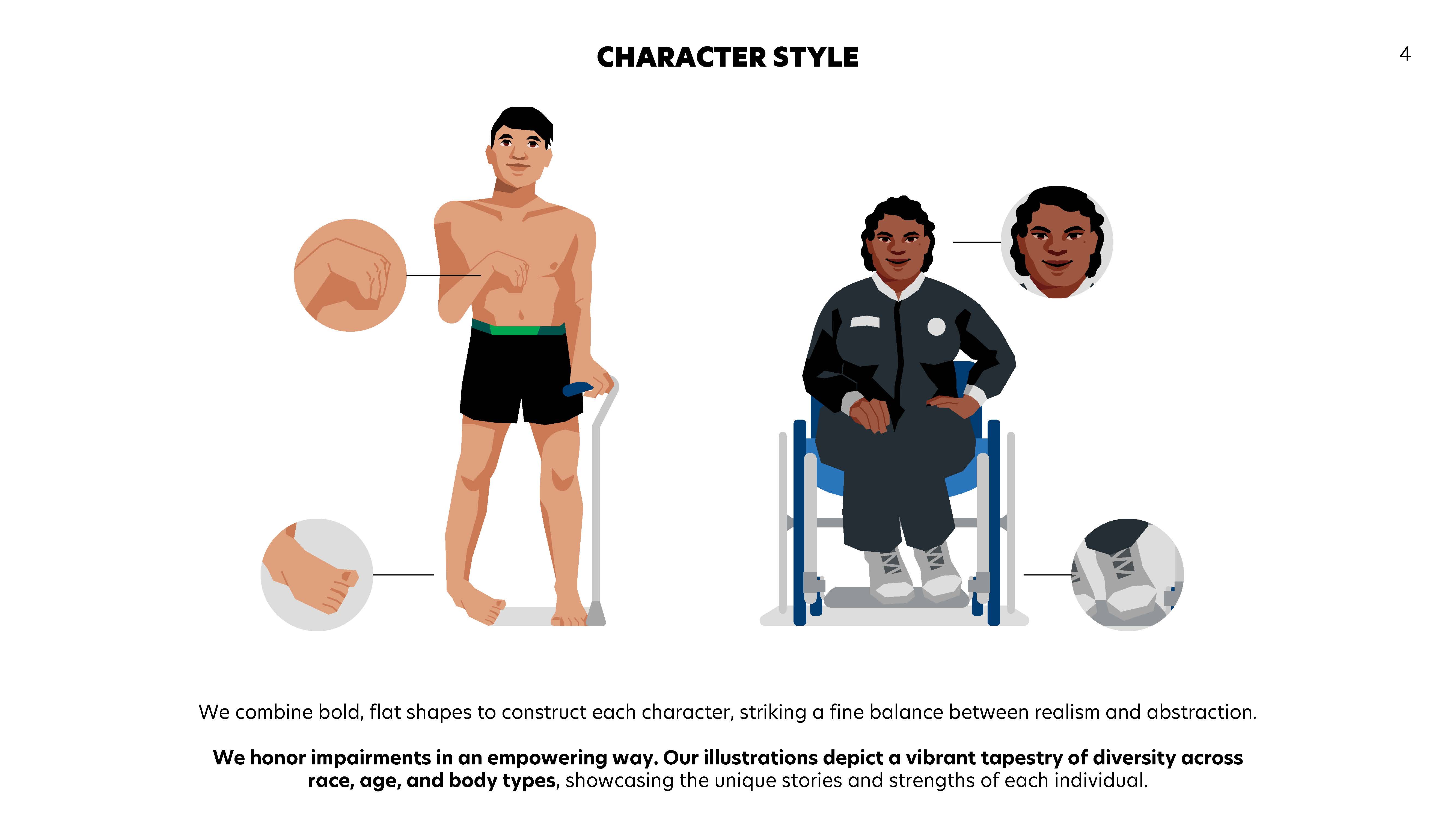
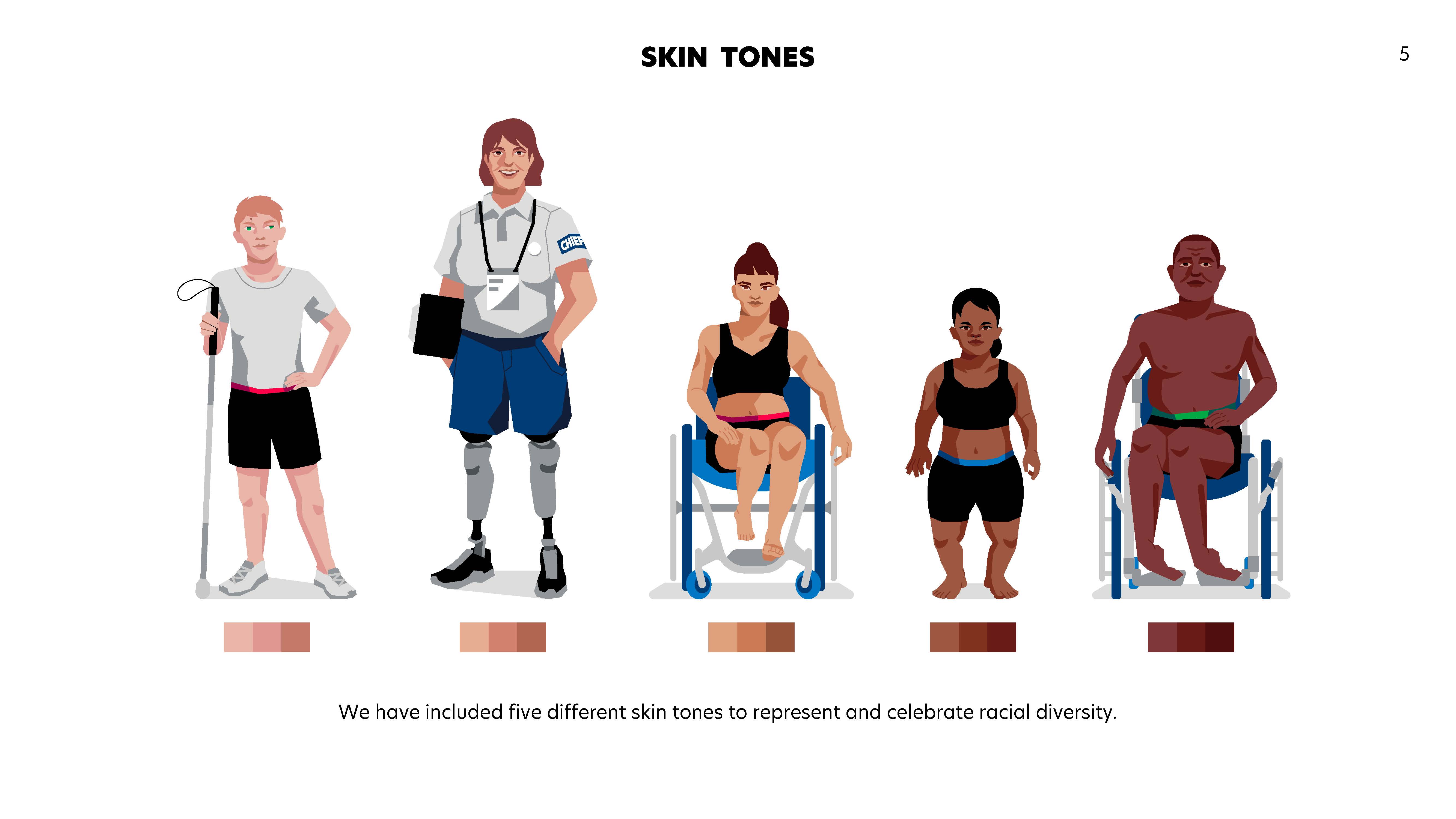
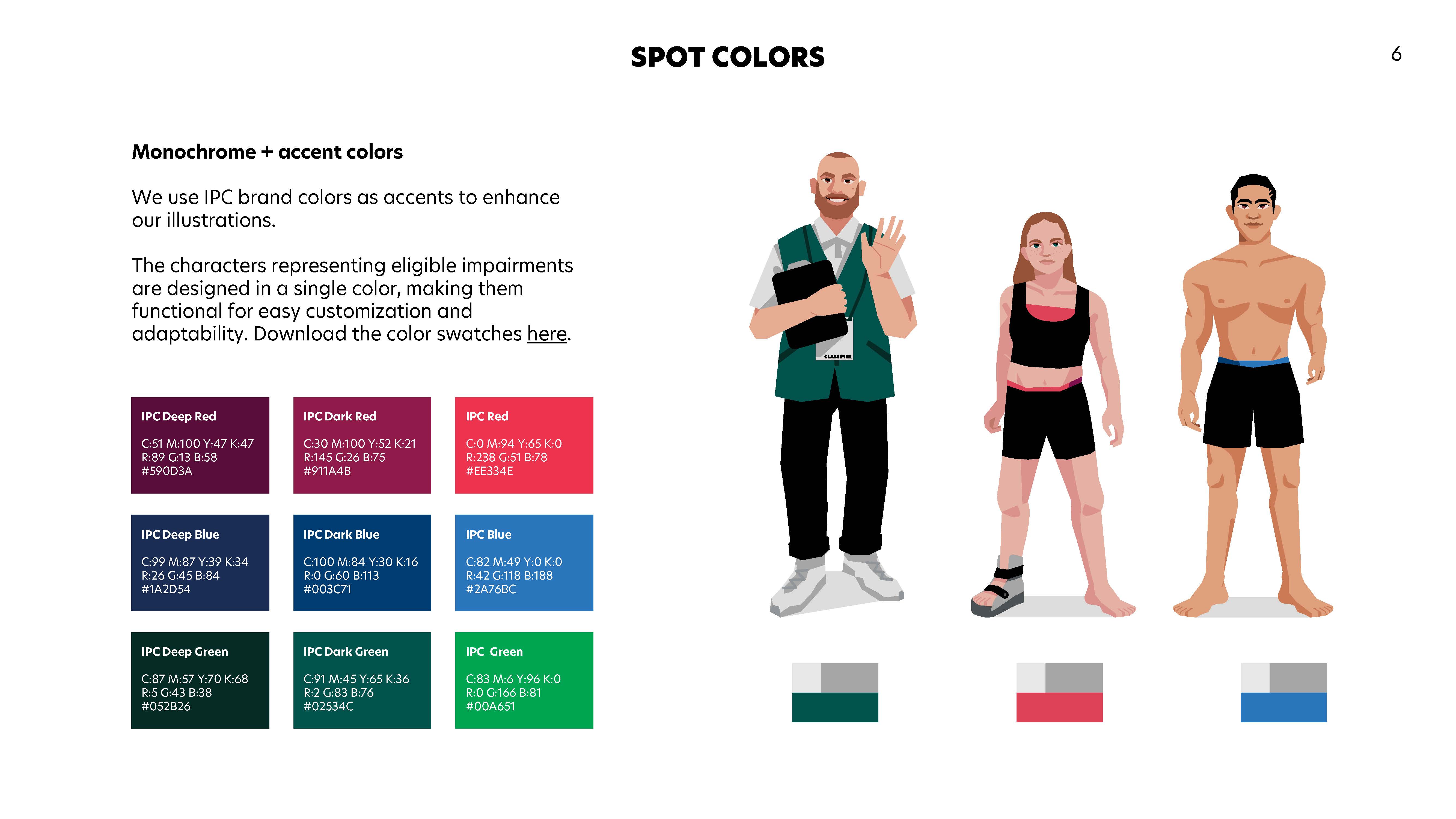
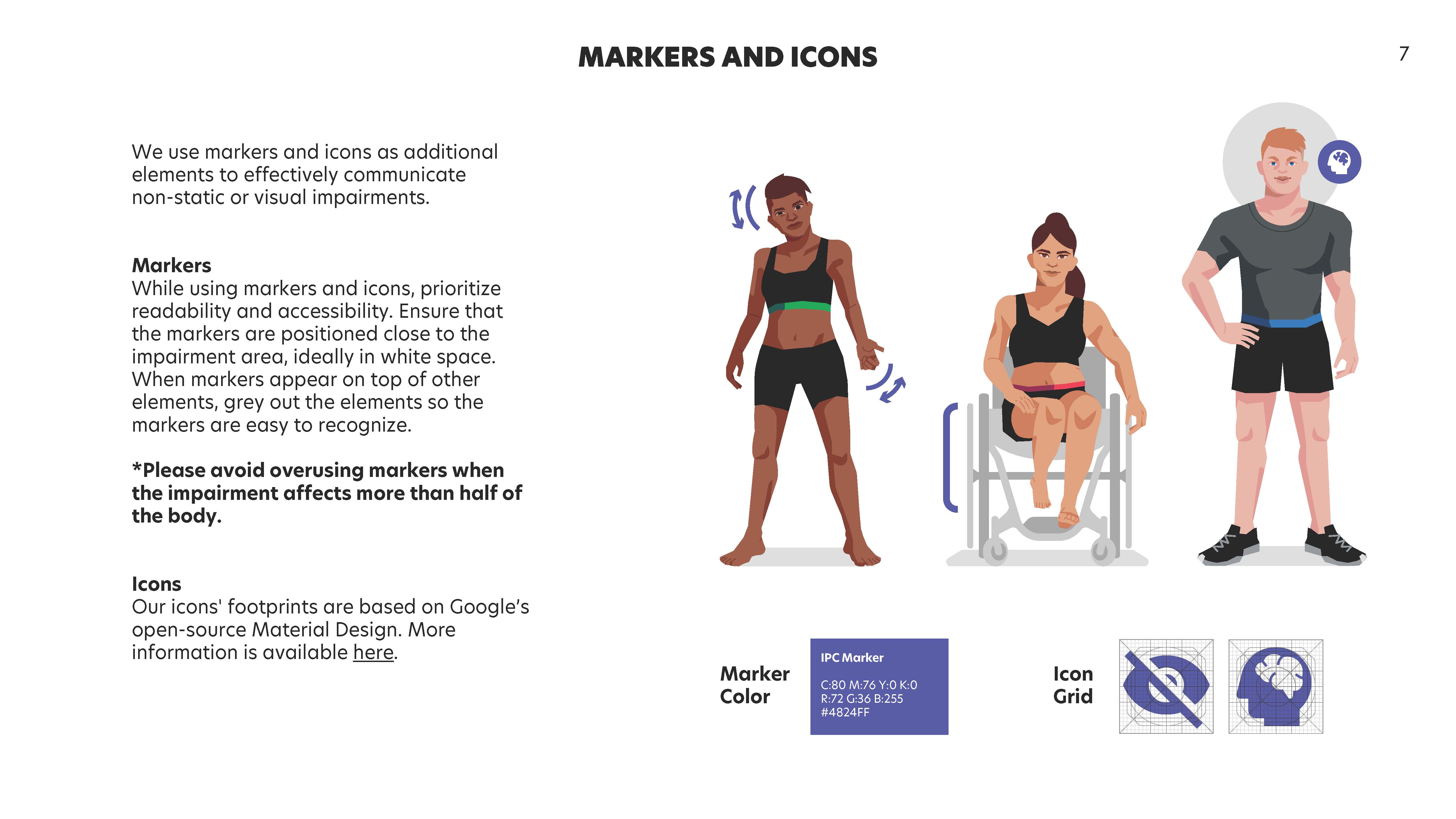
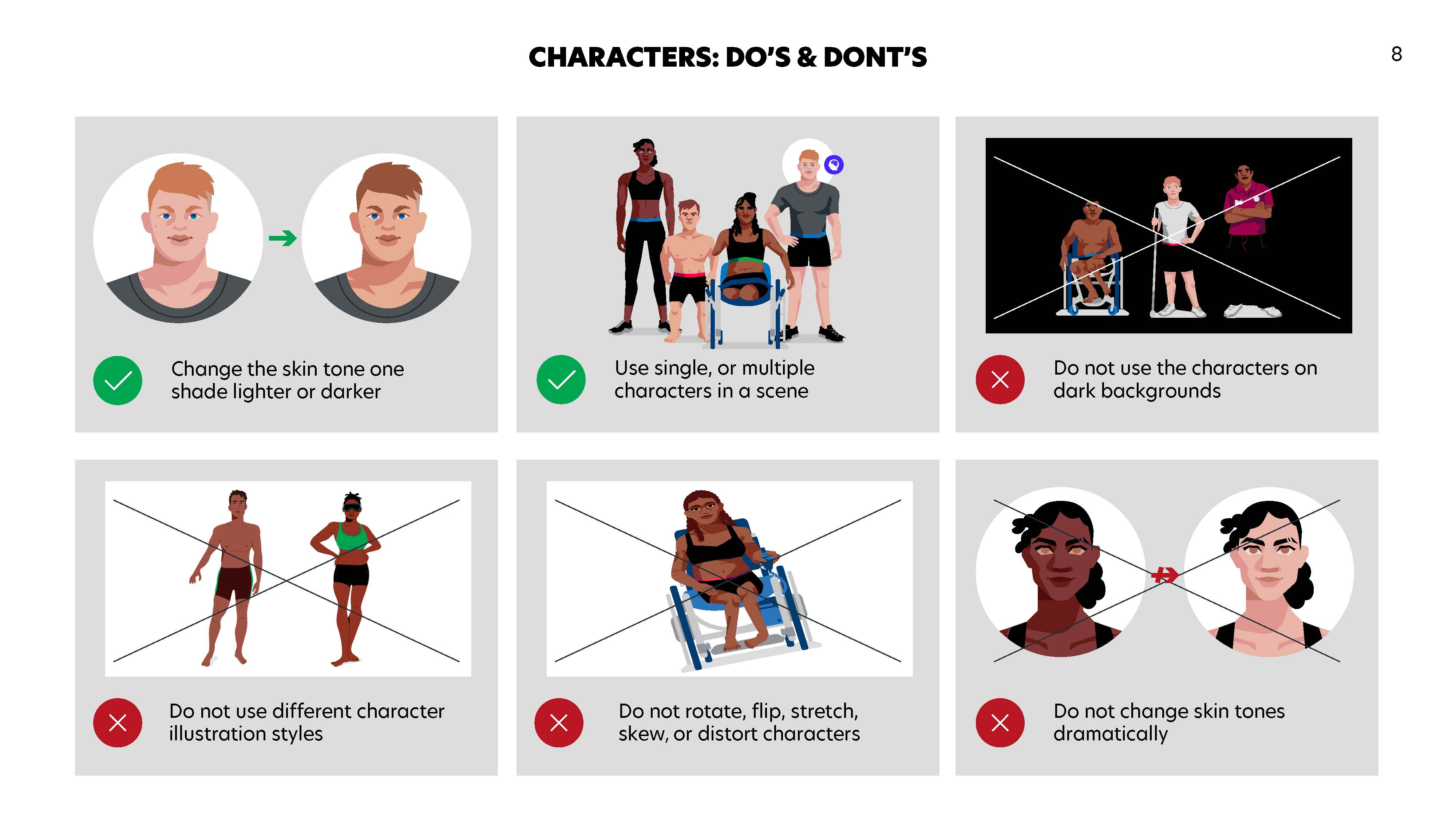
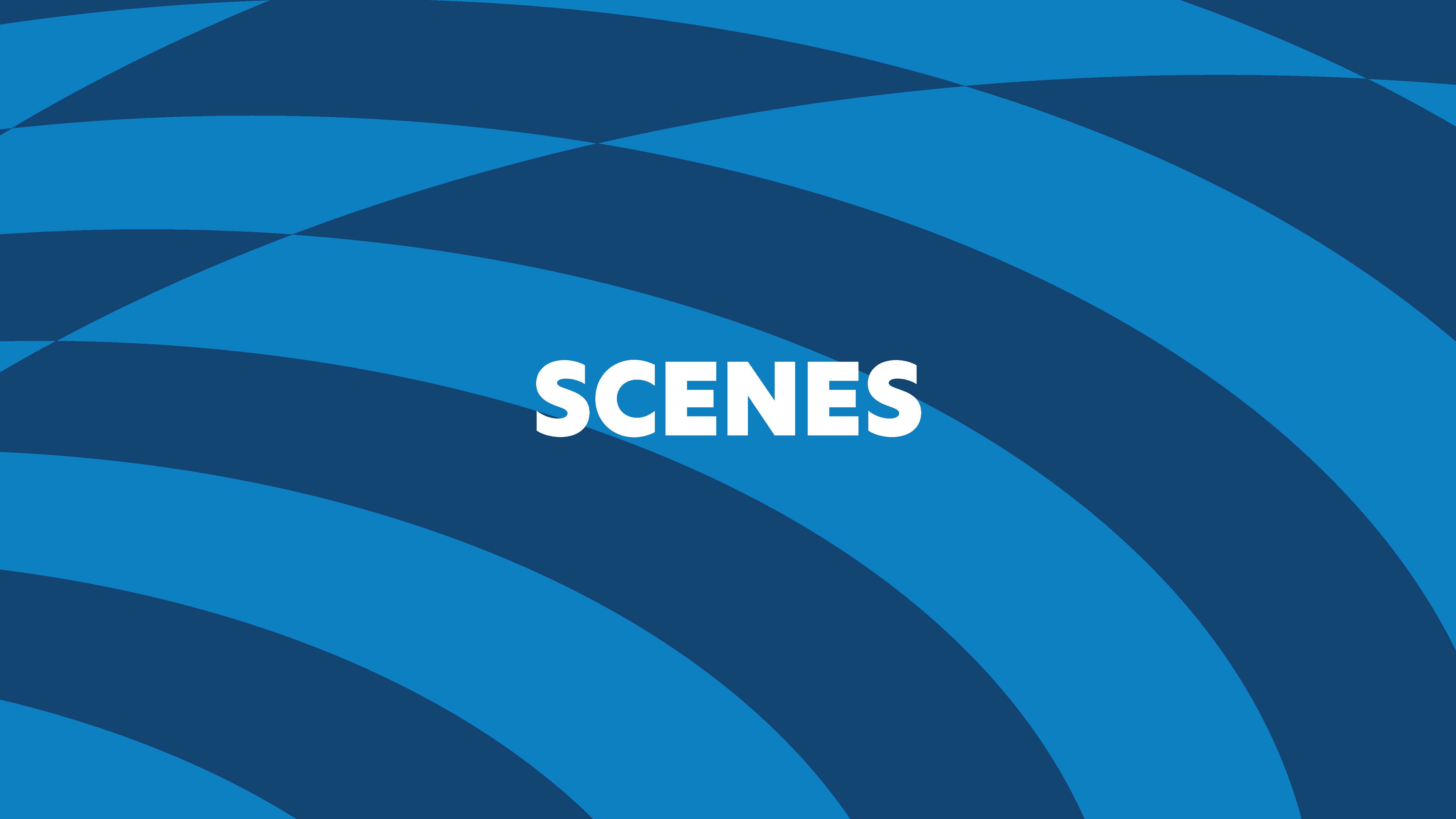
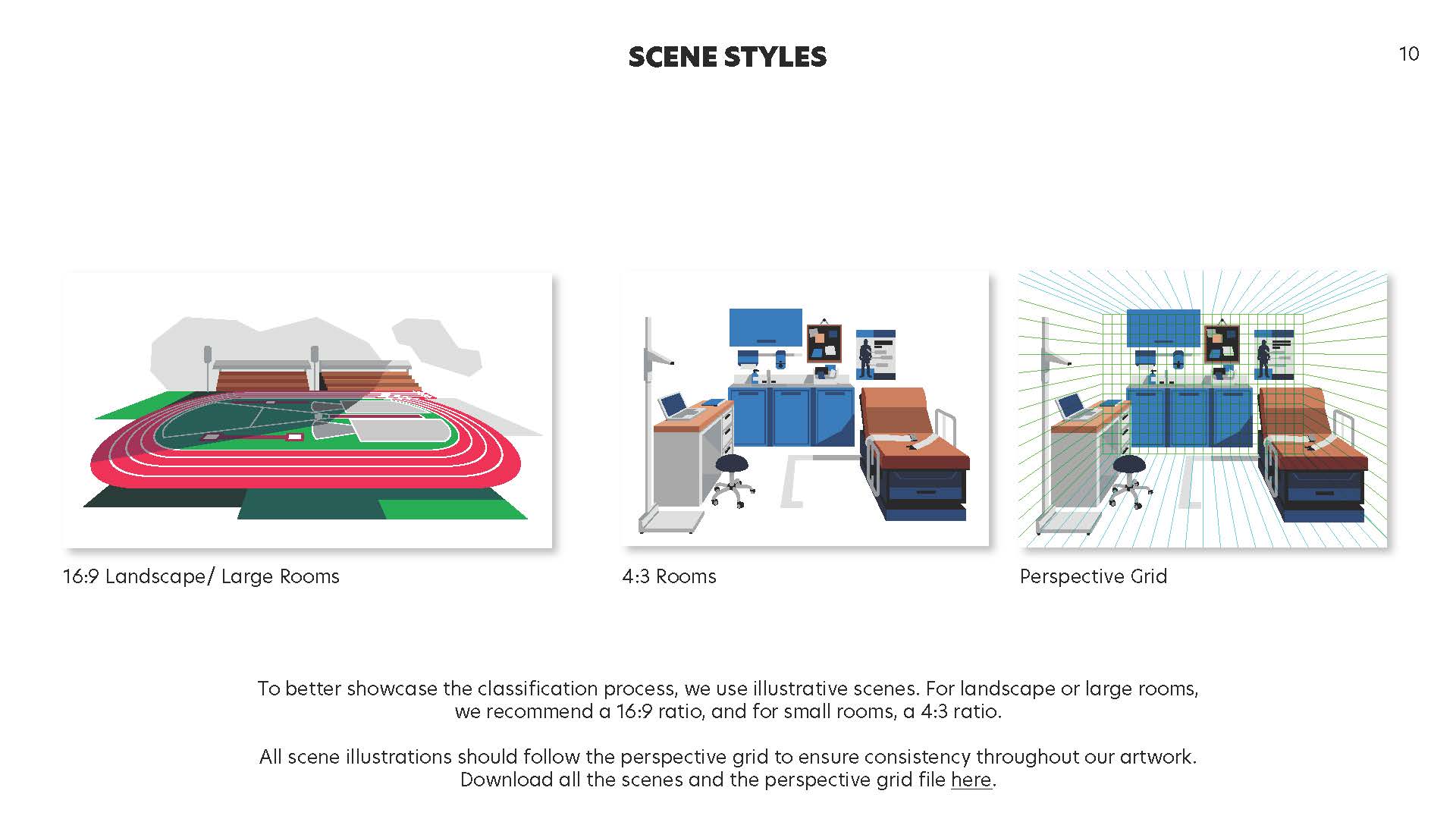
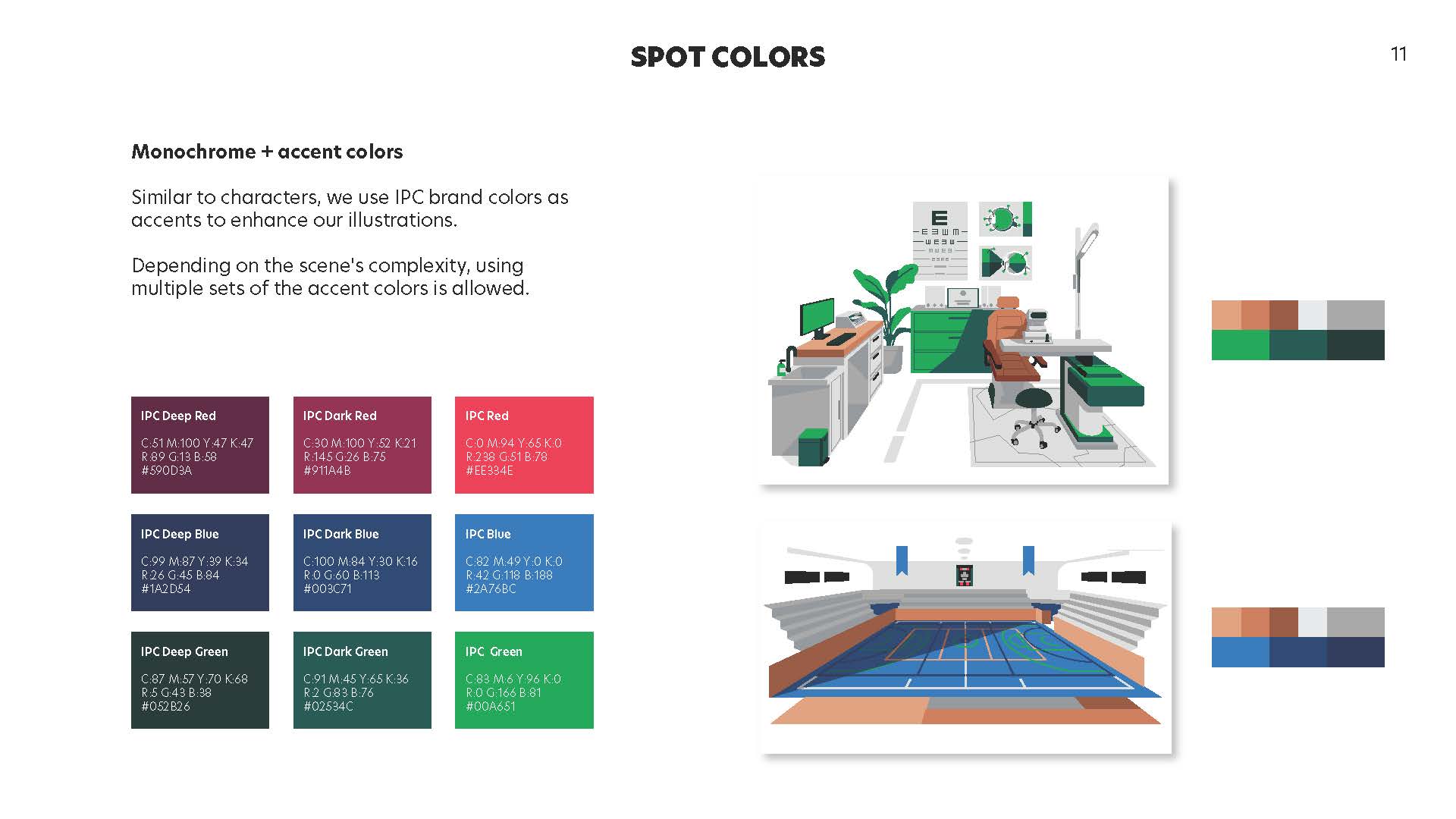
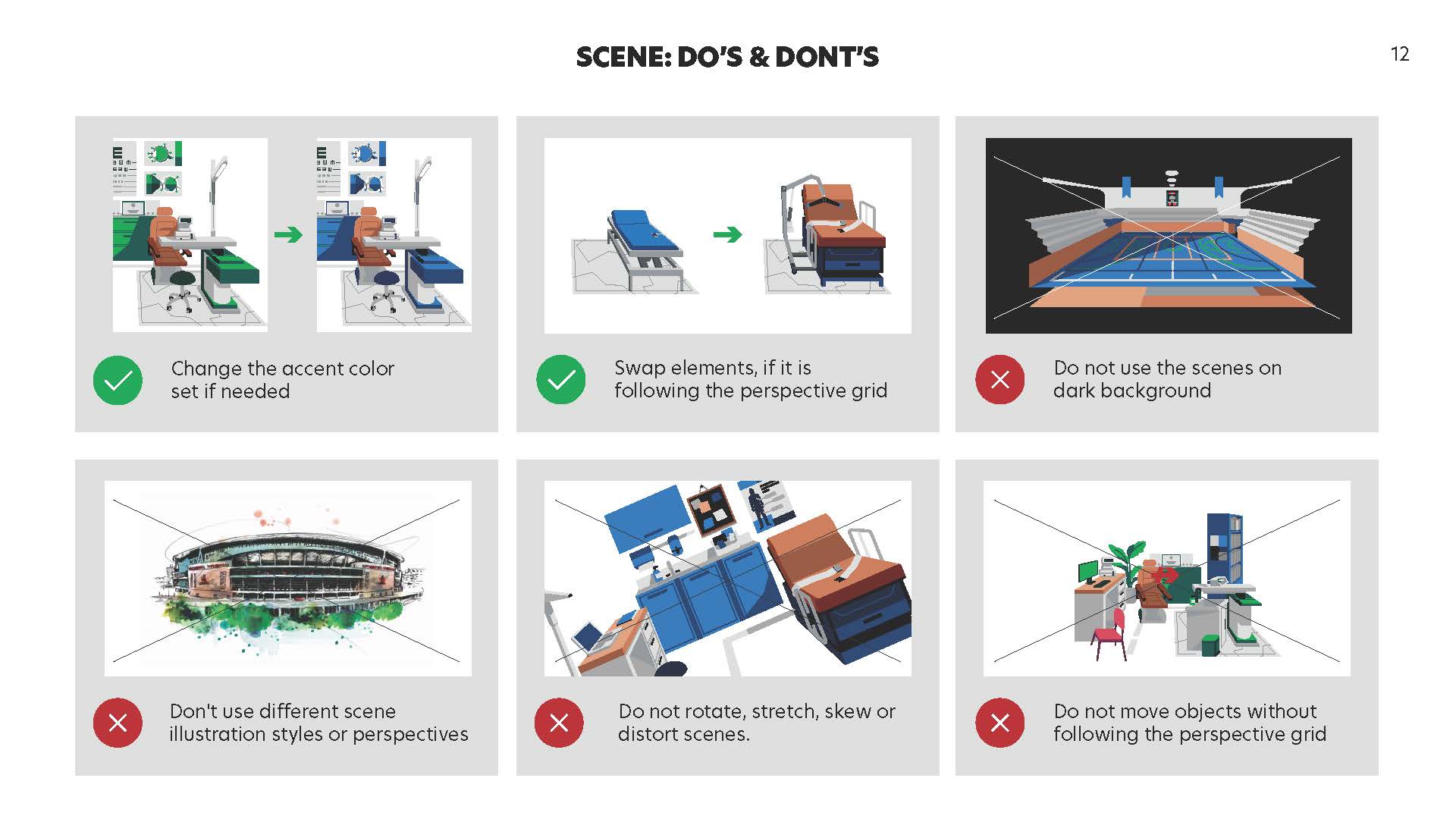
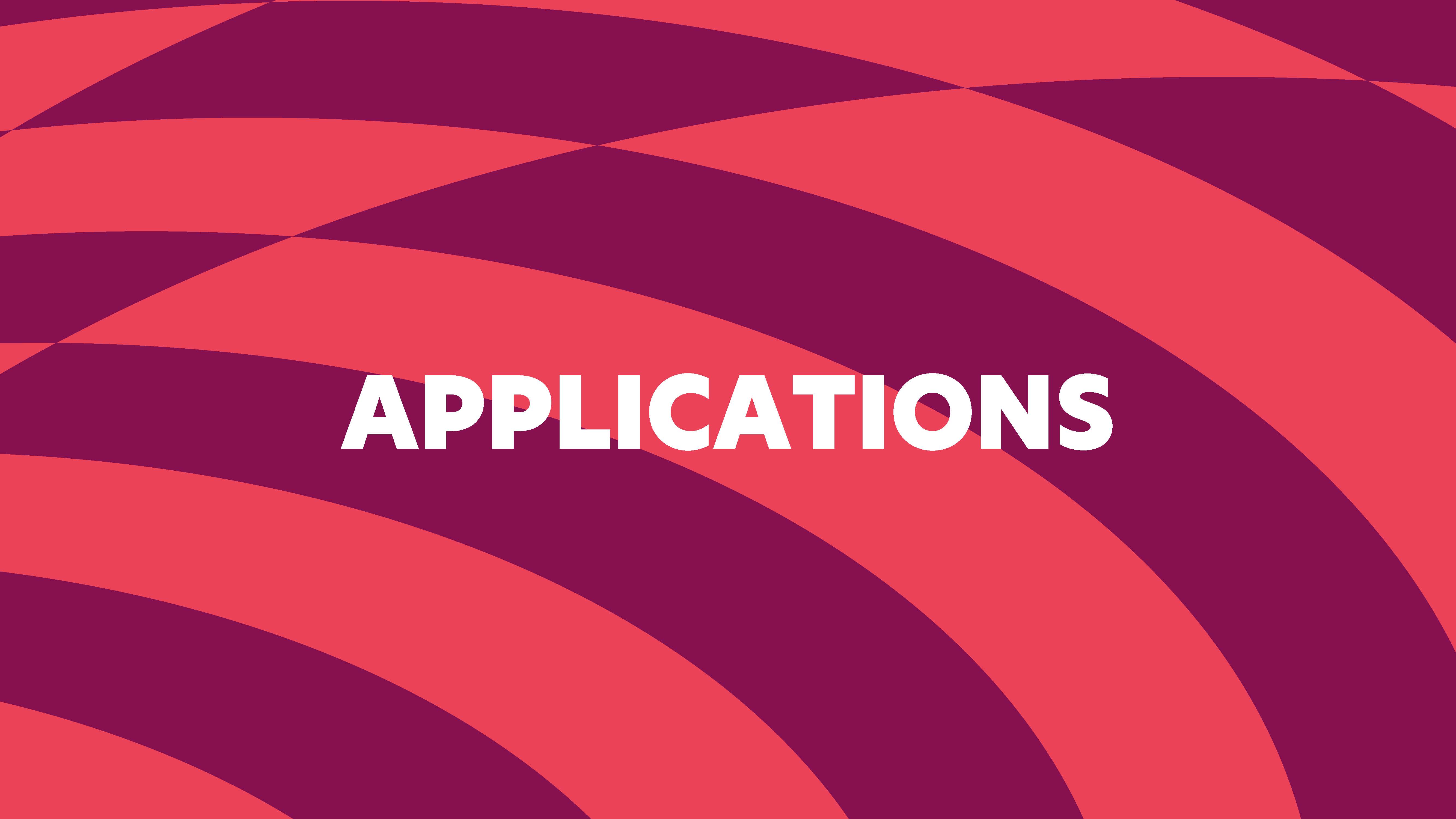
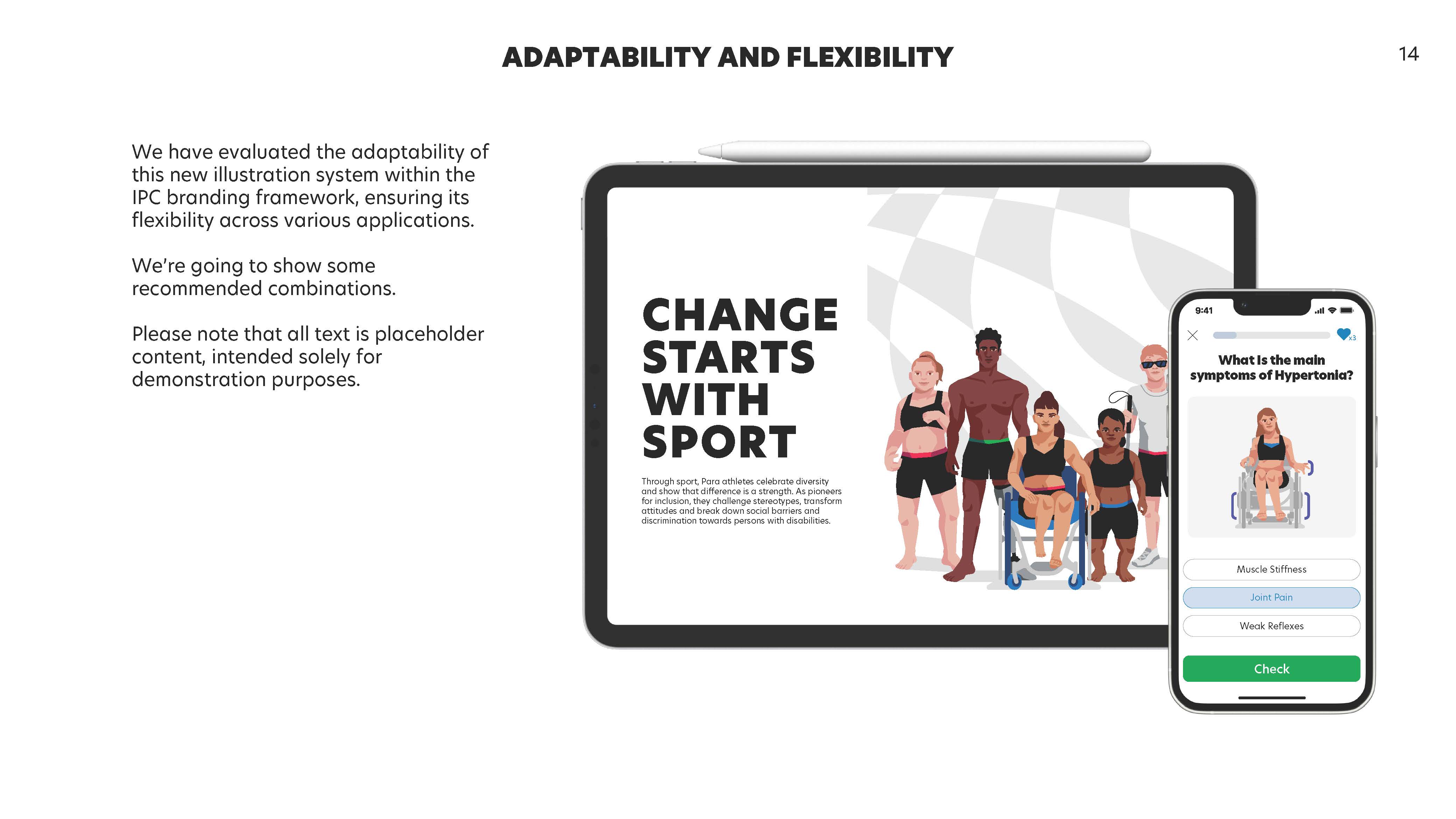
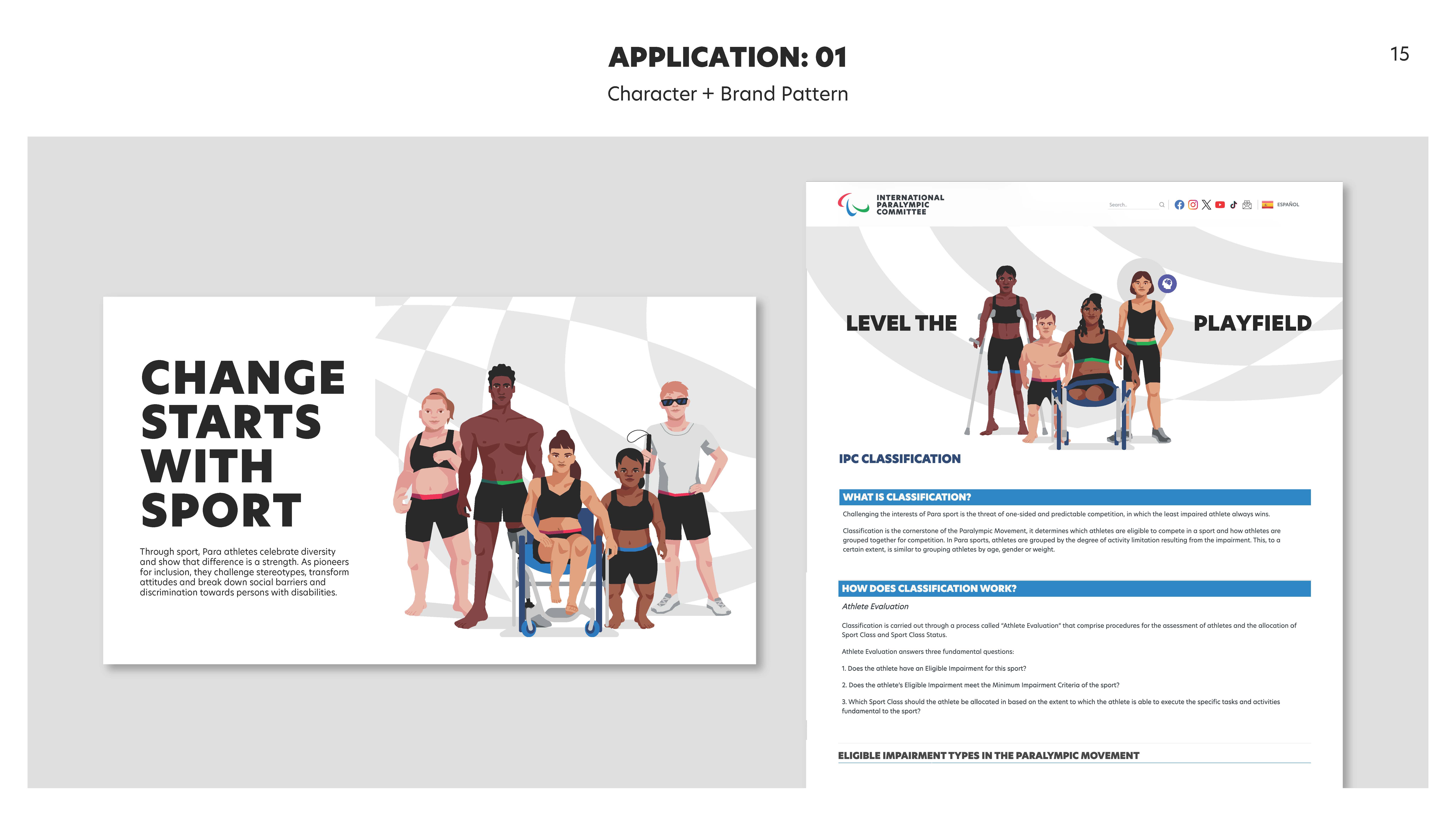
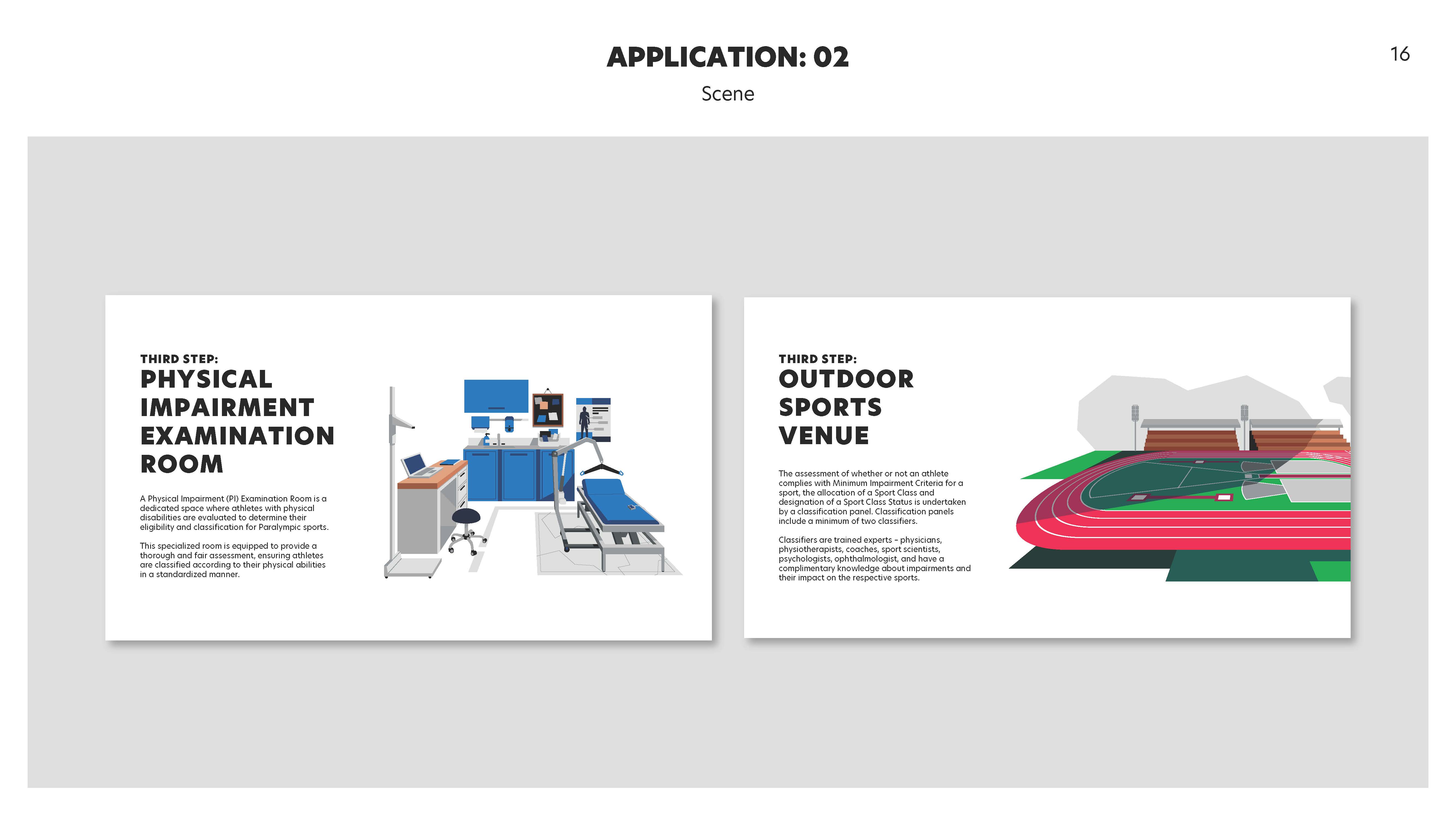
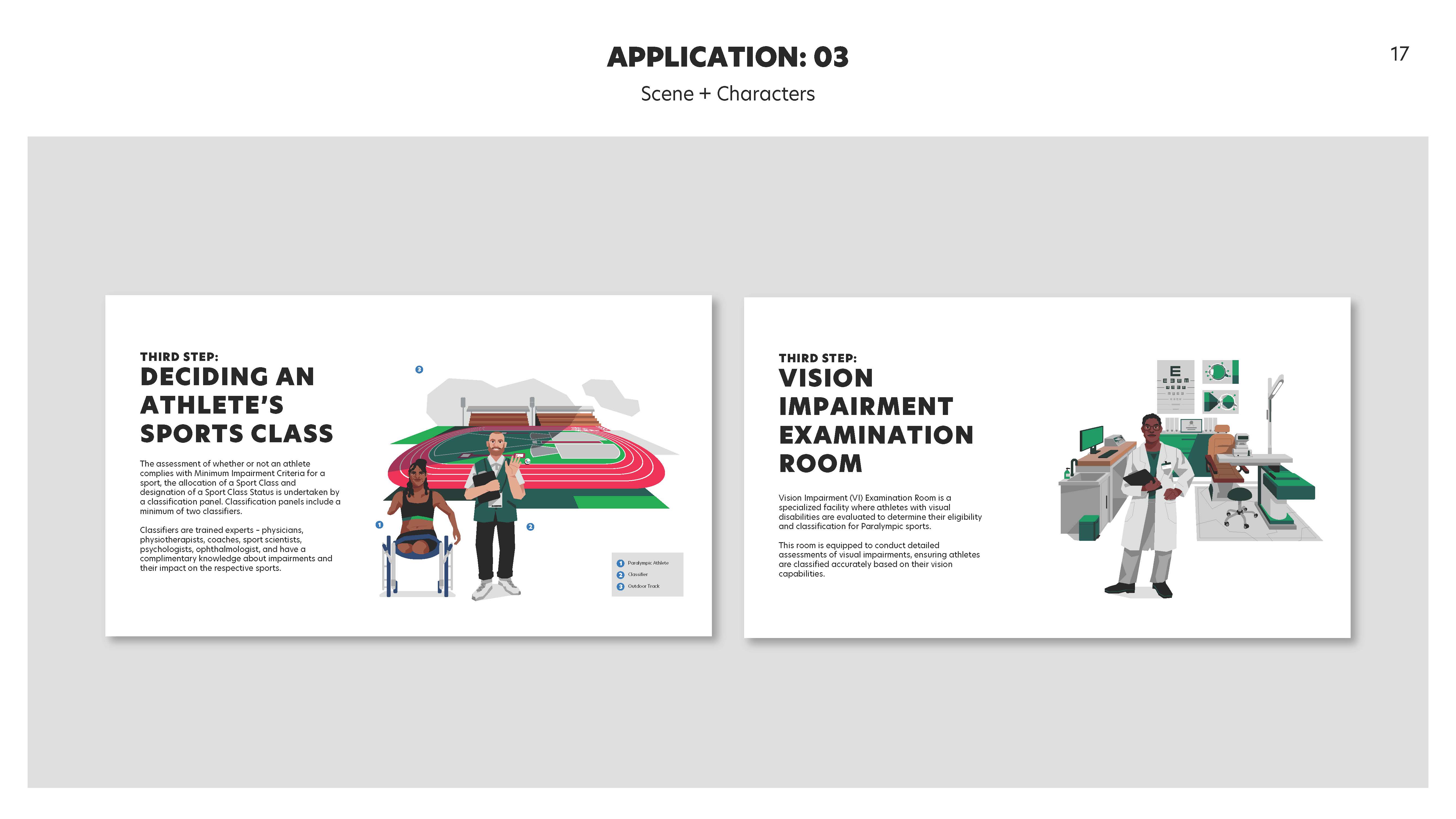
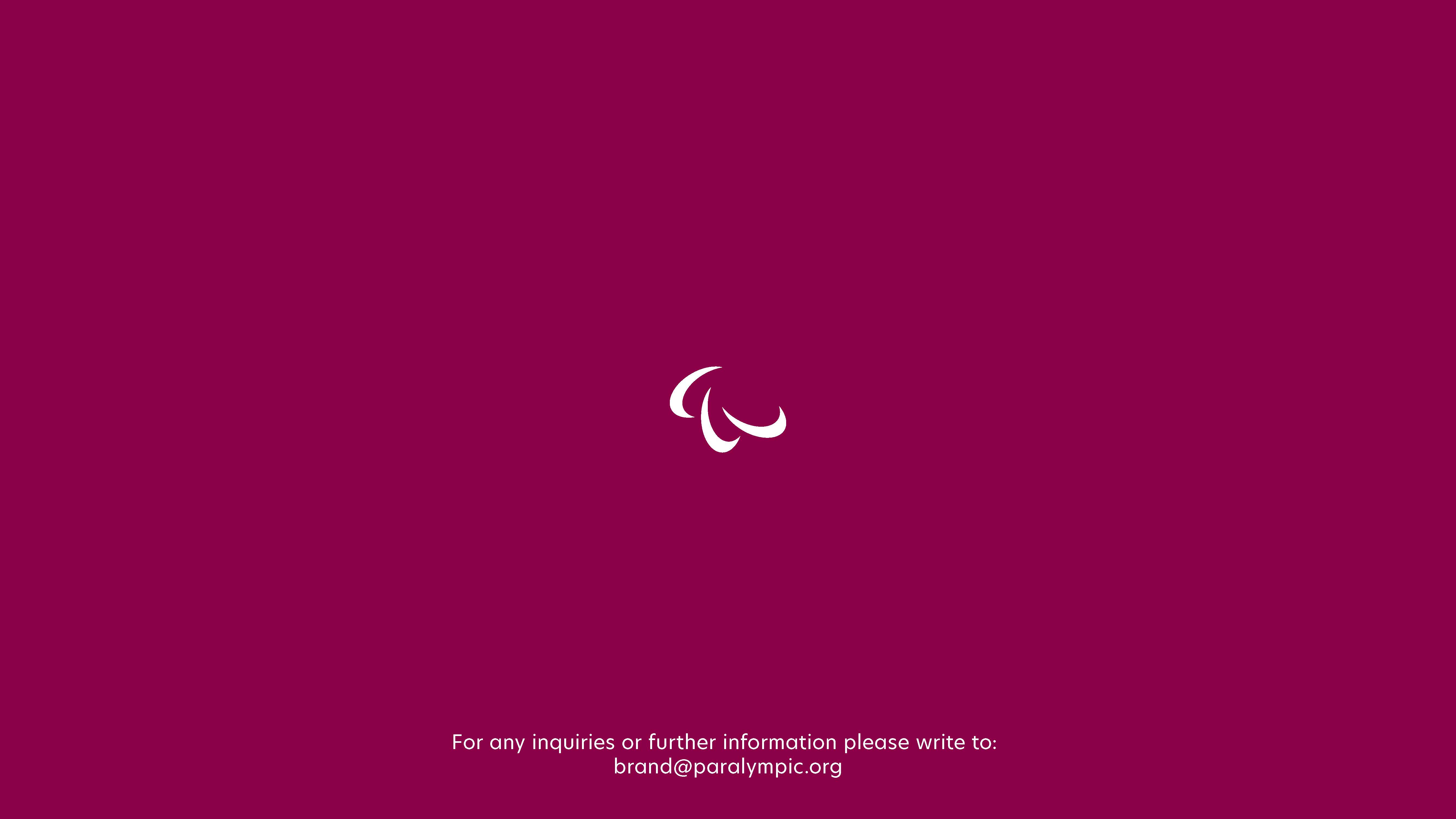
.avif)